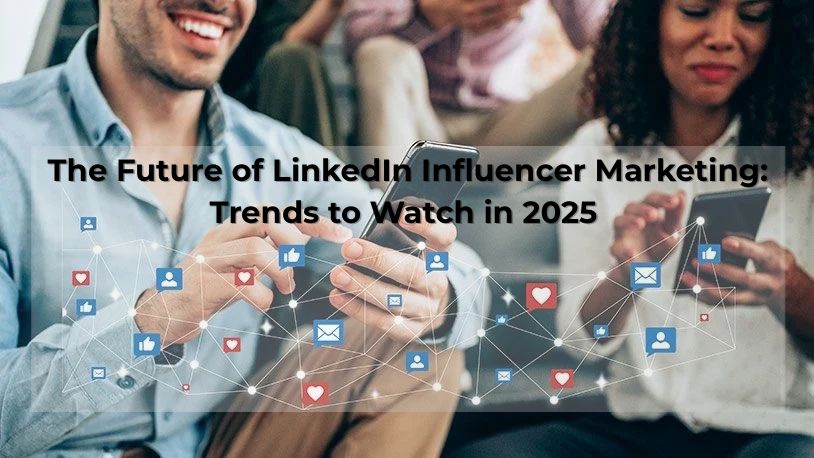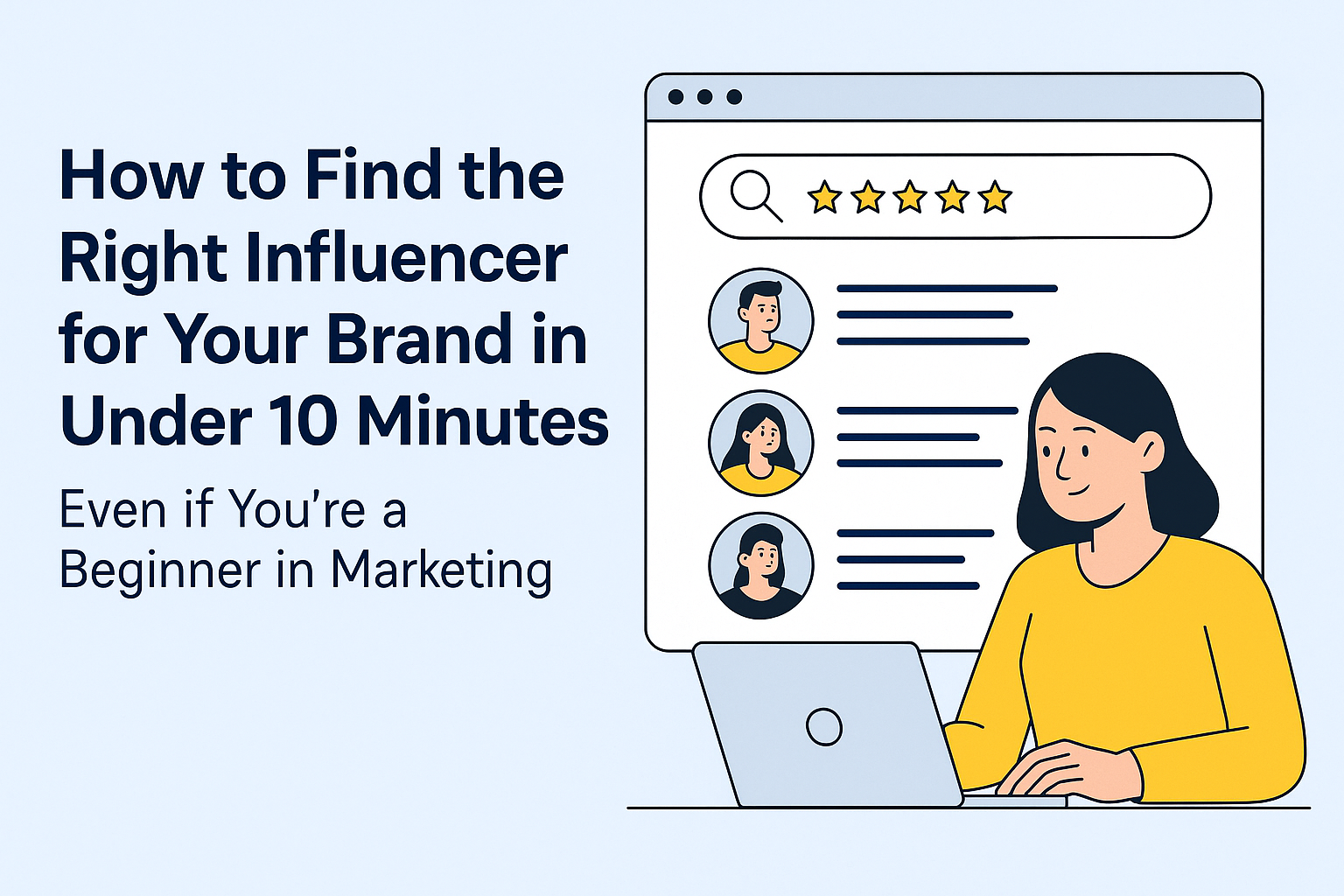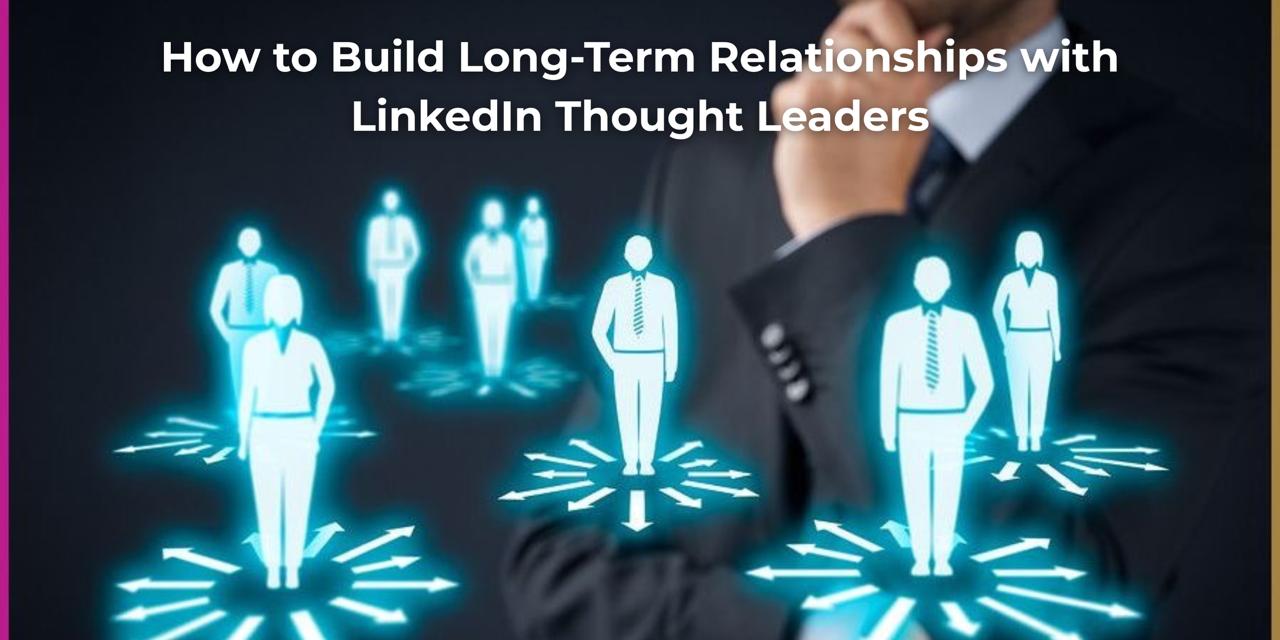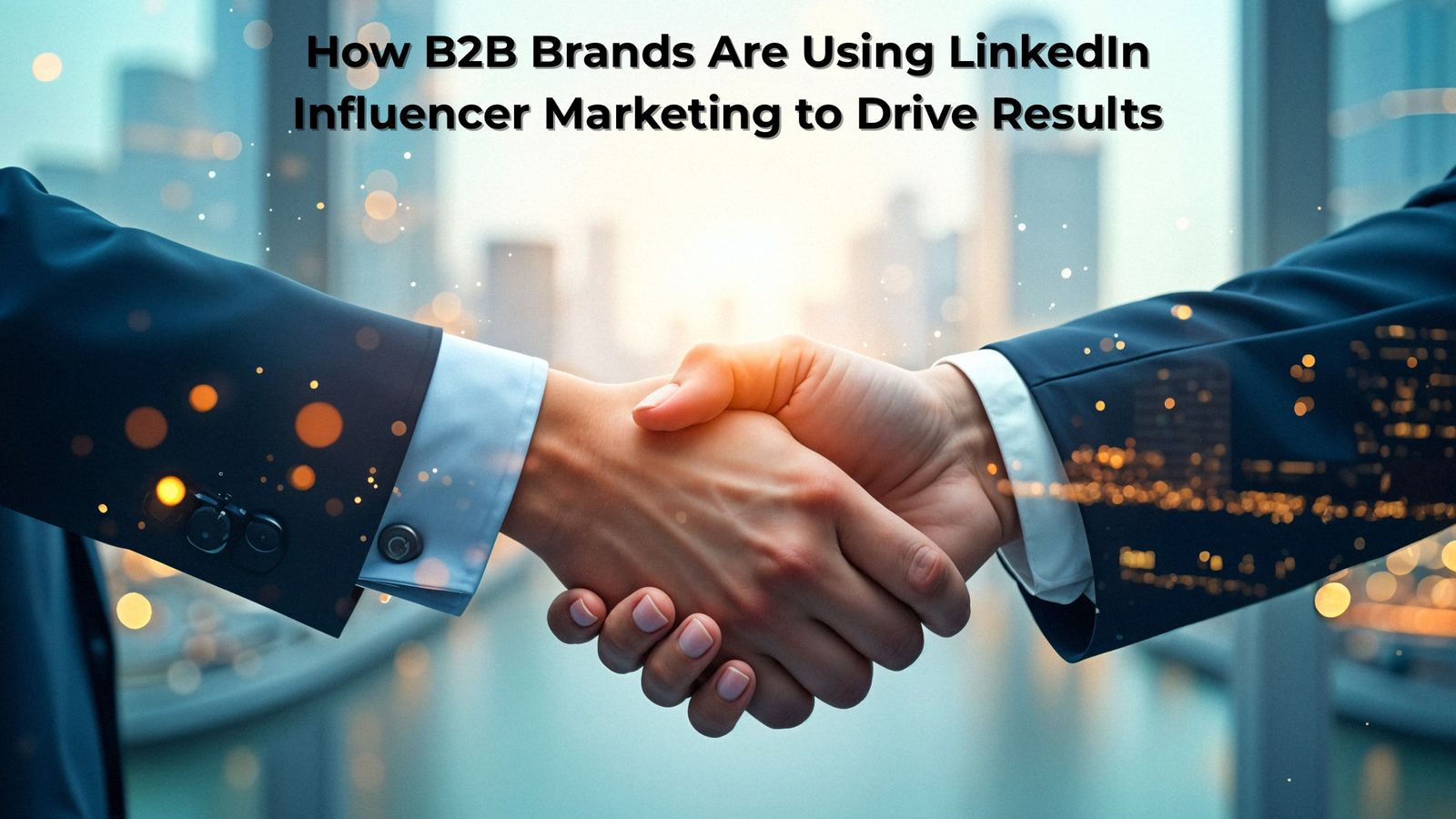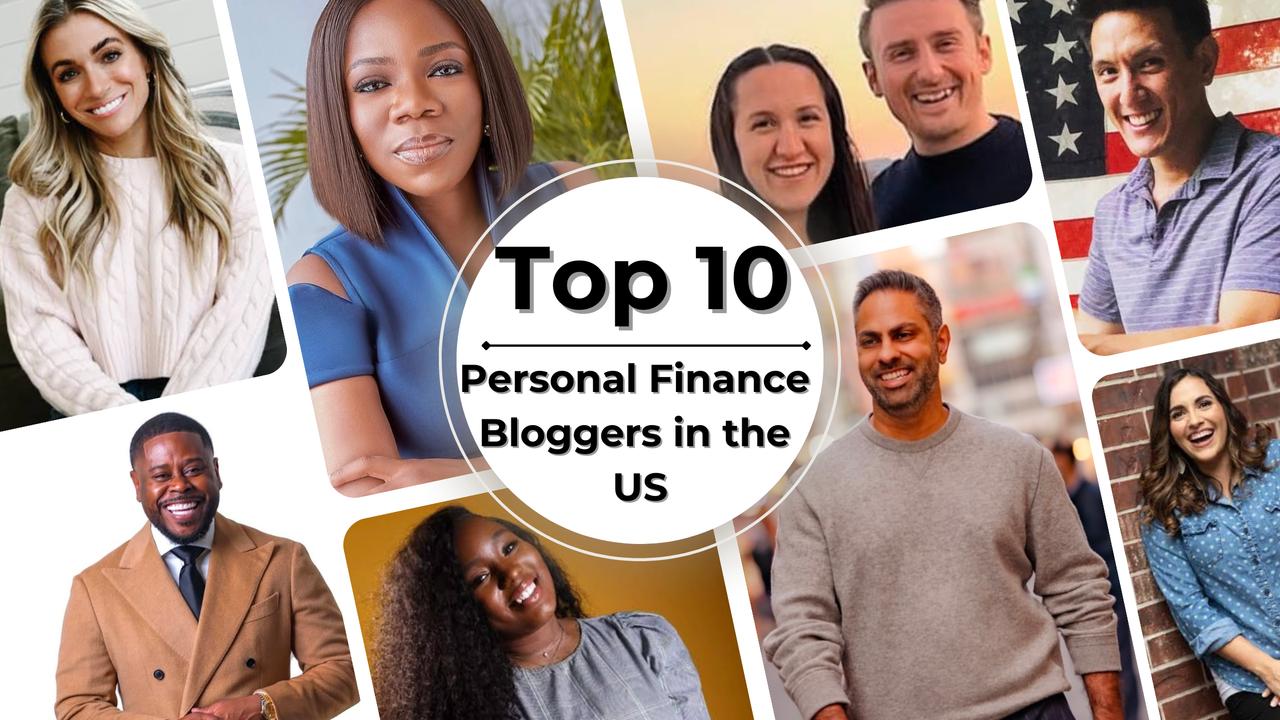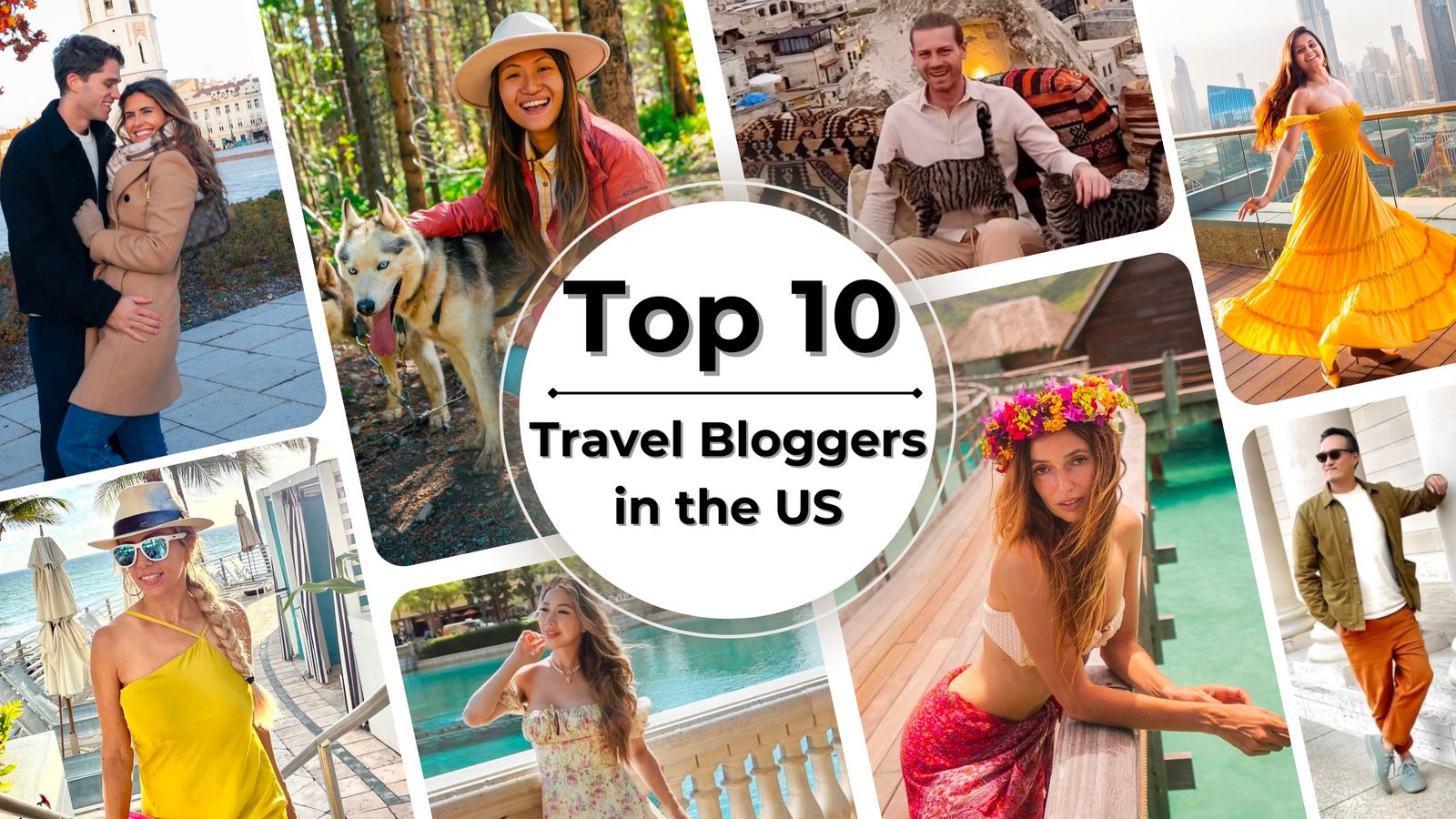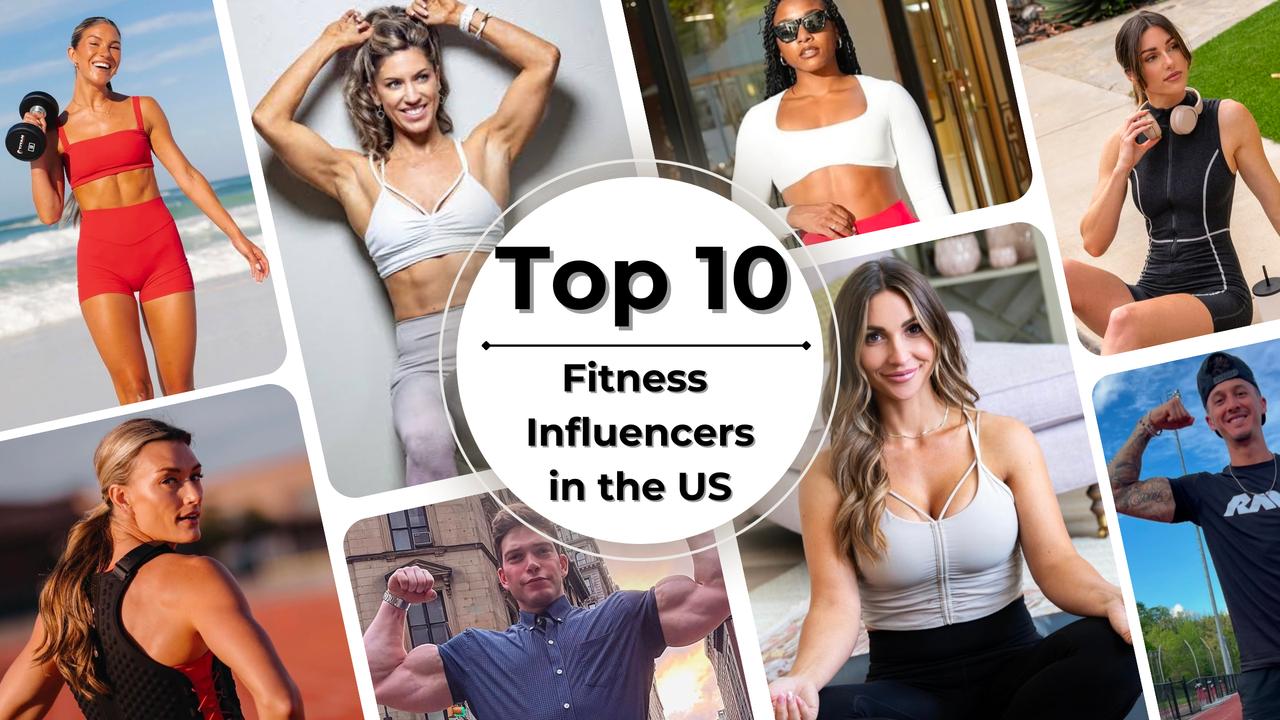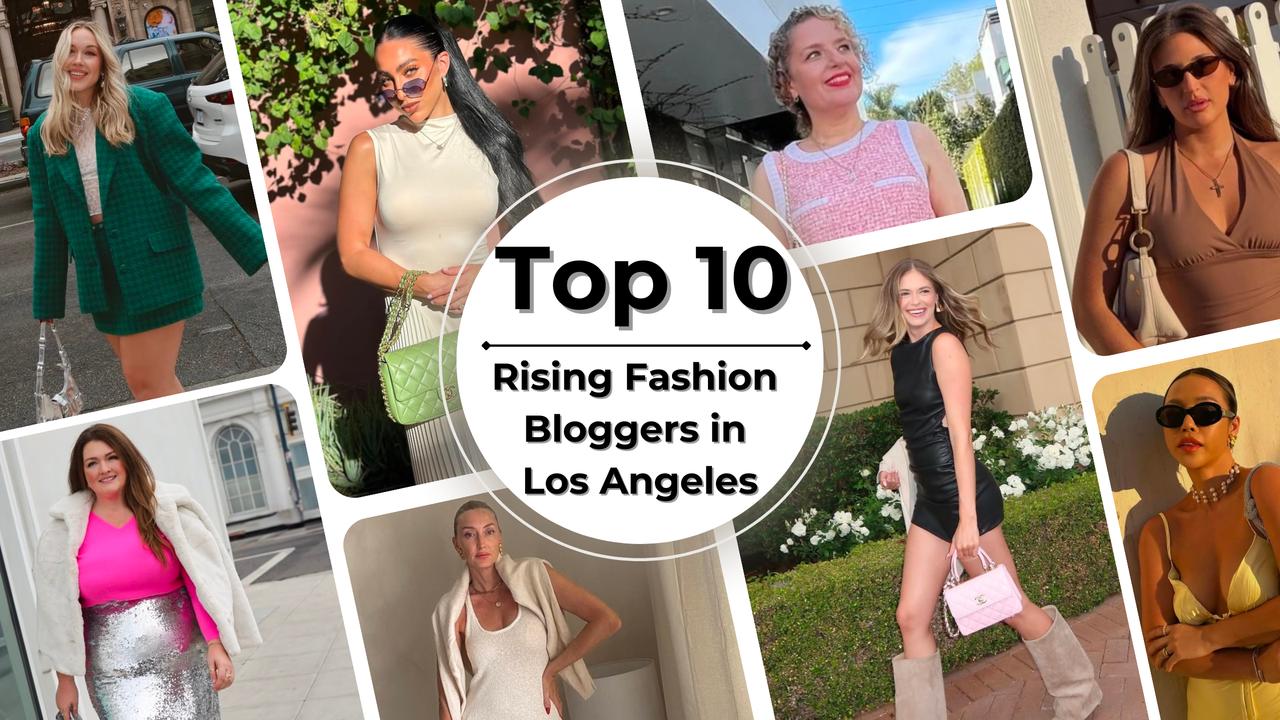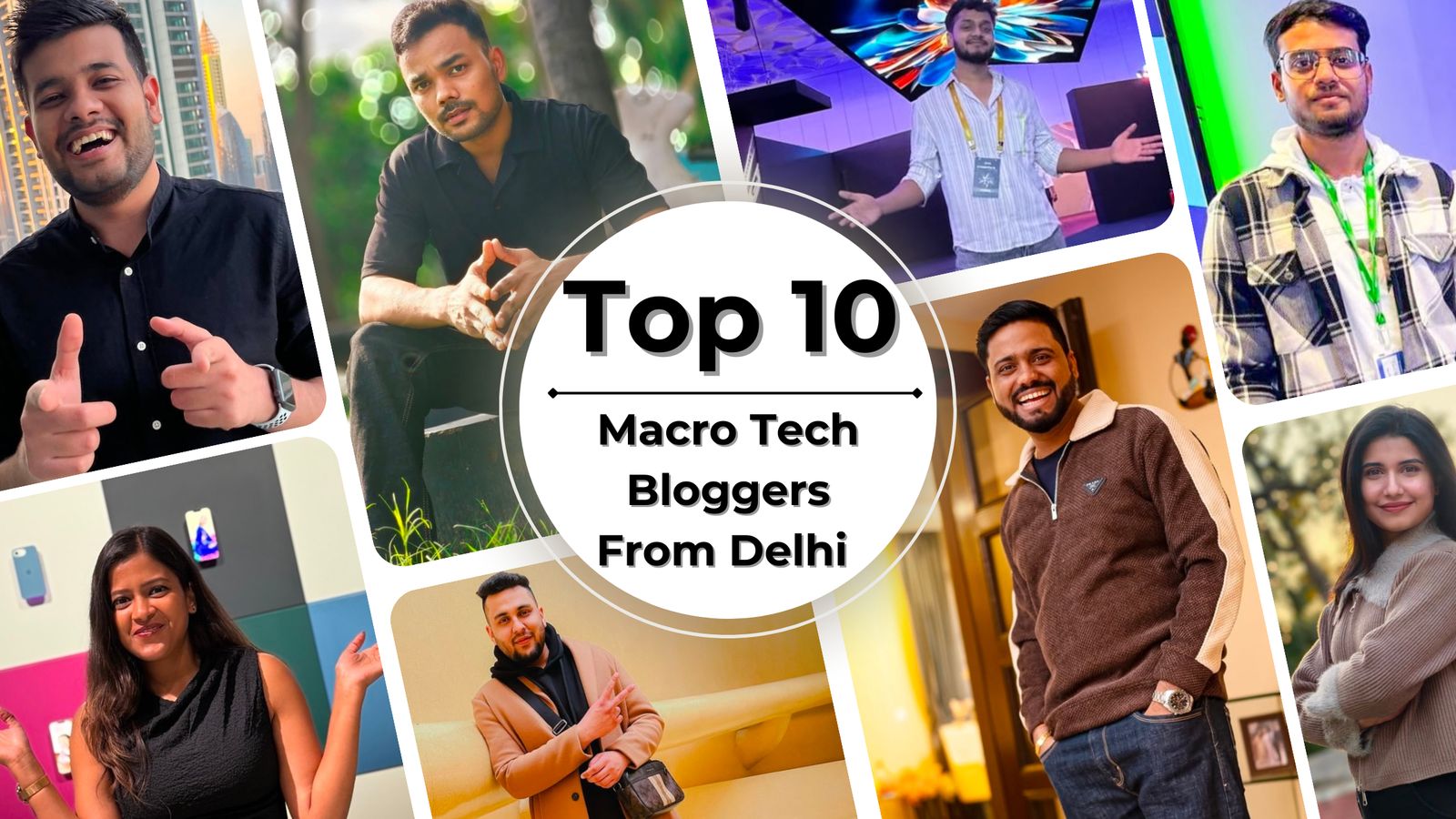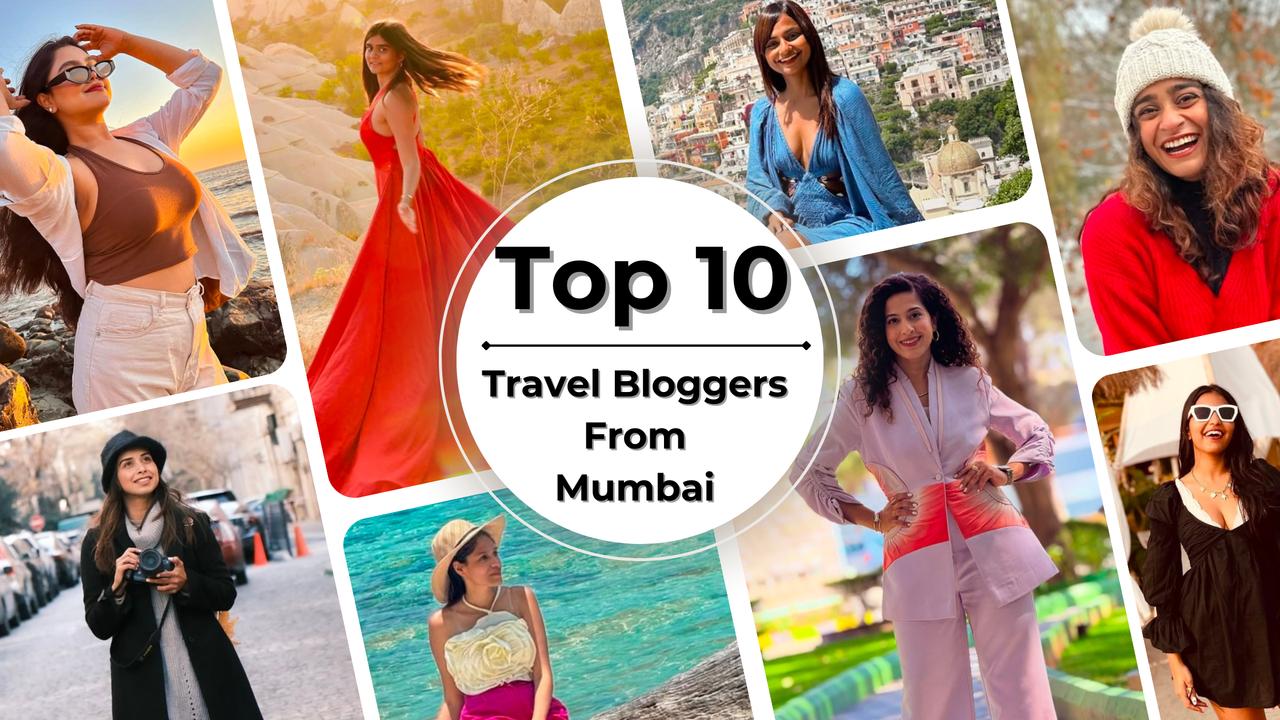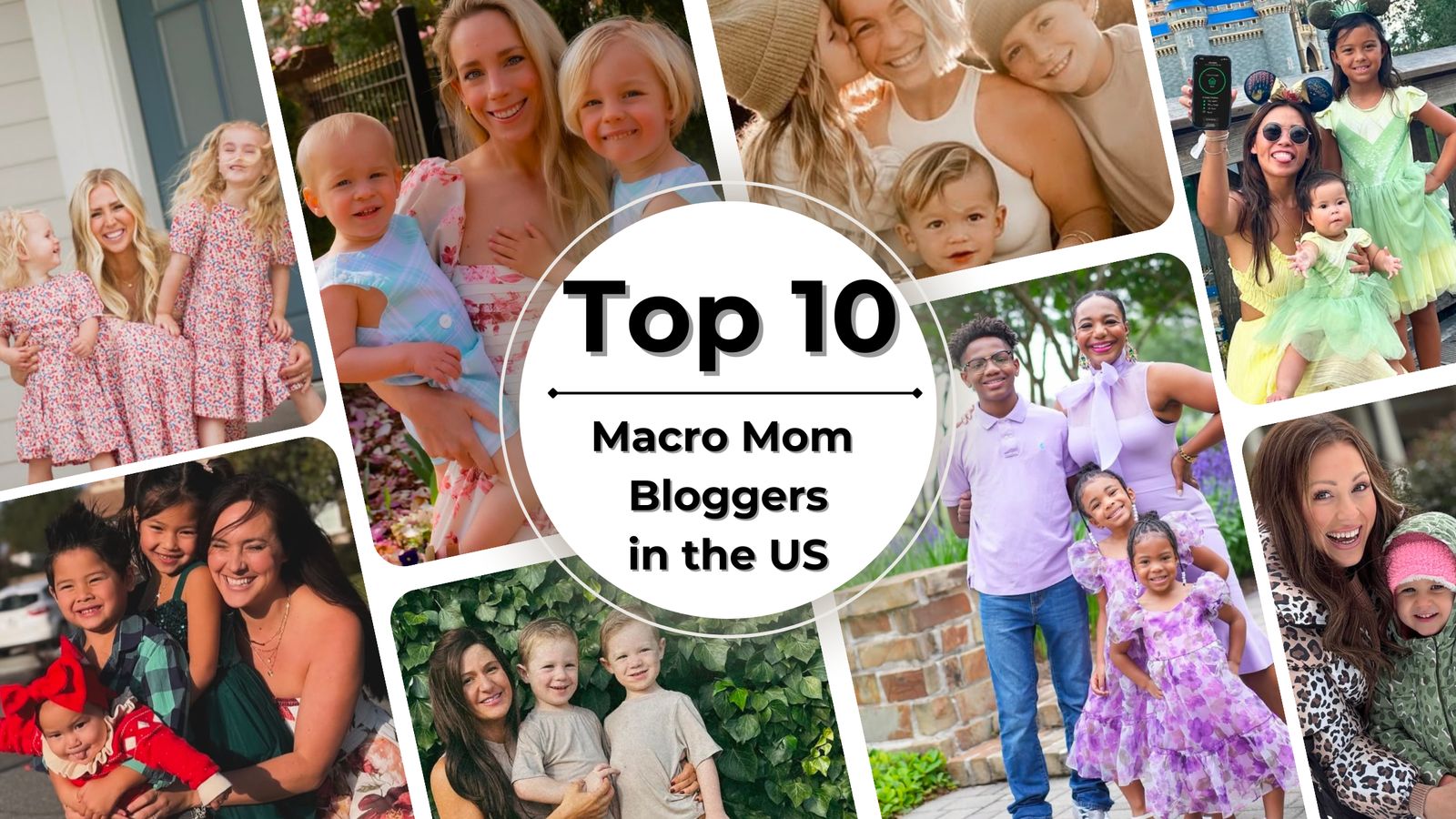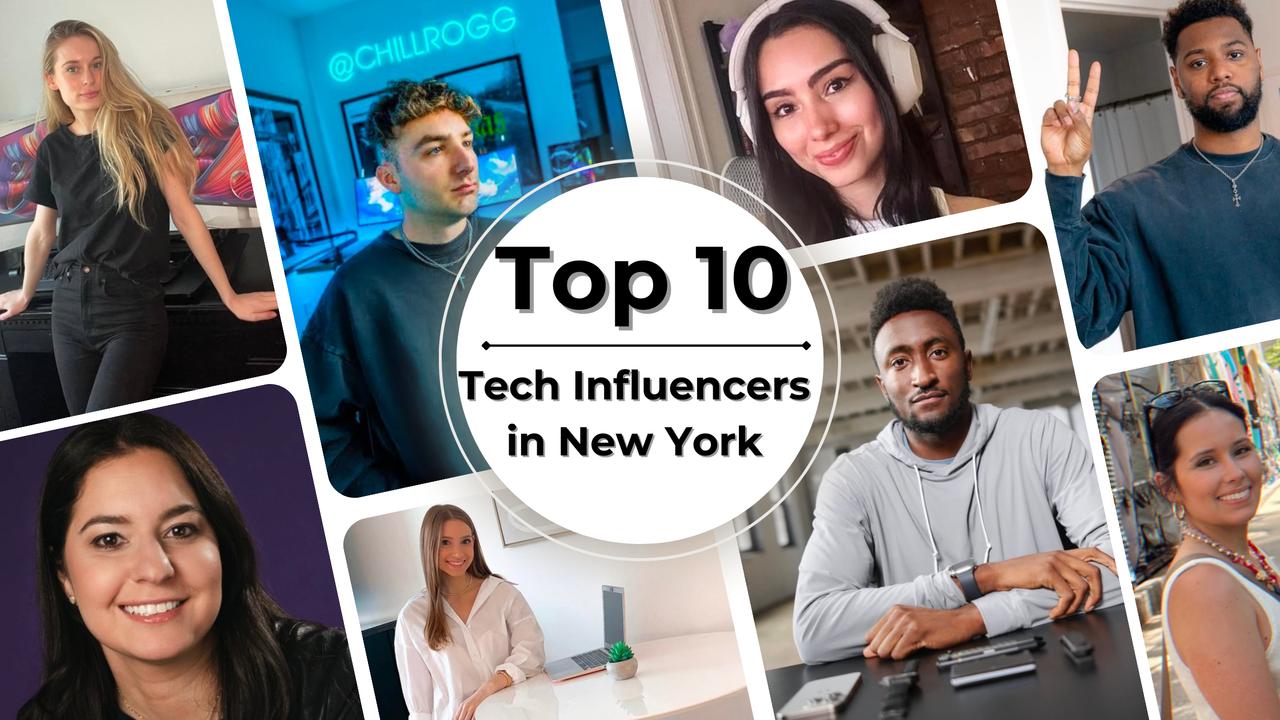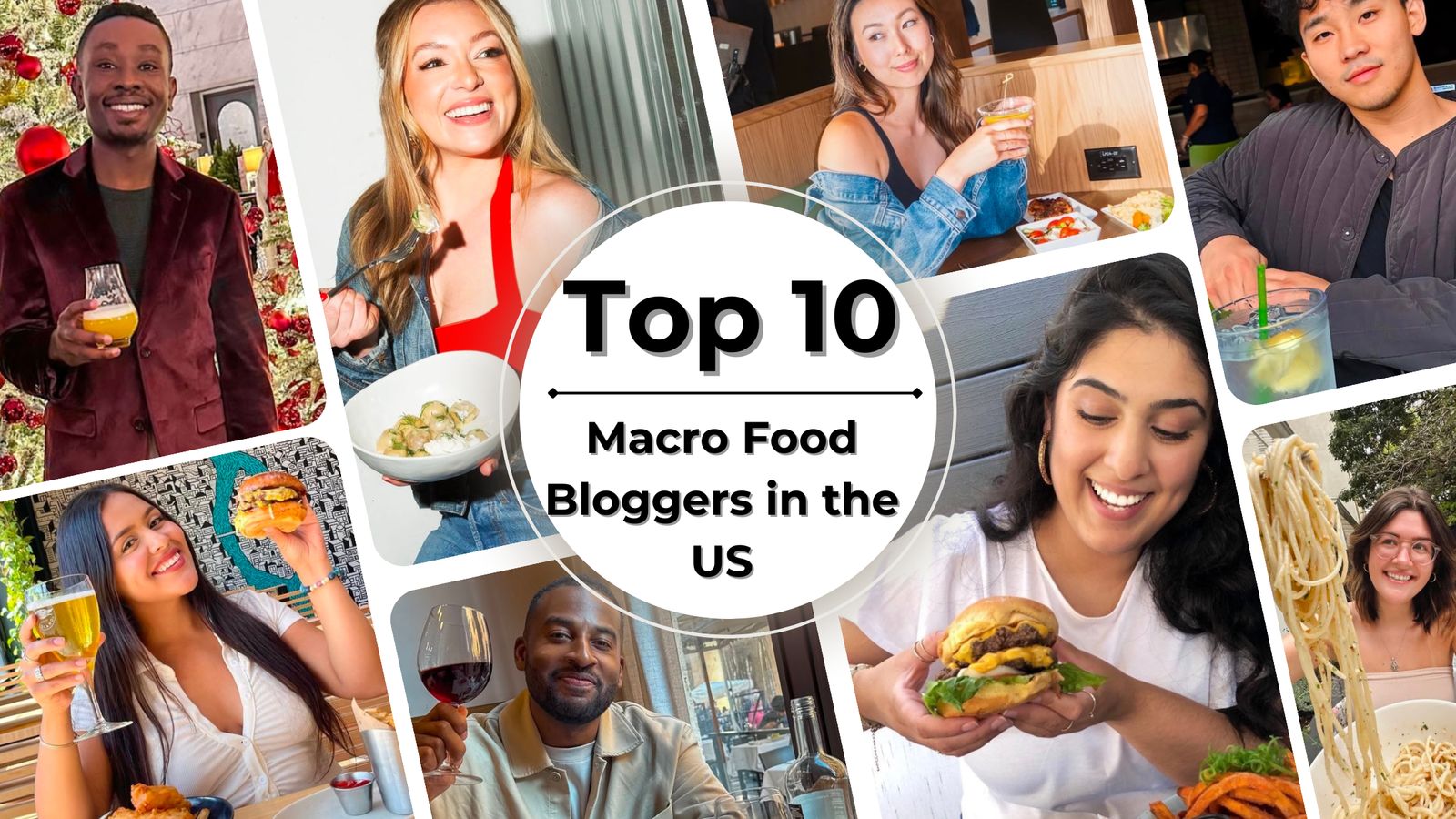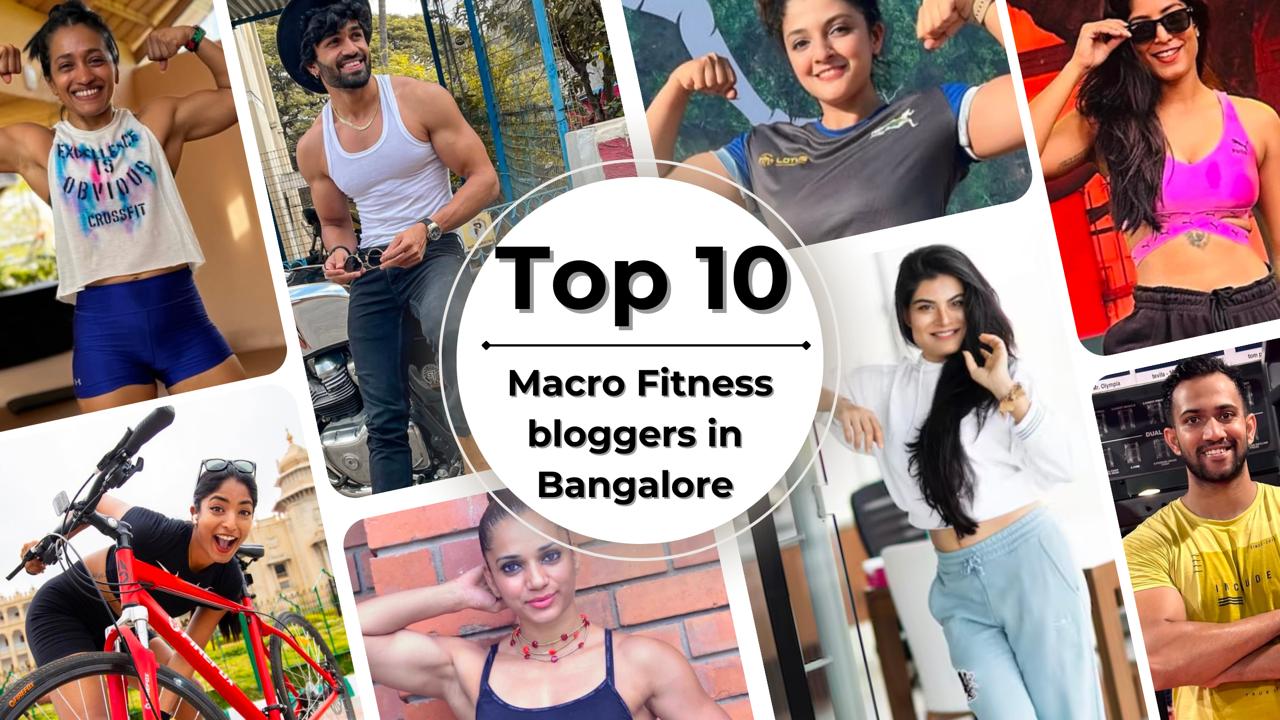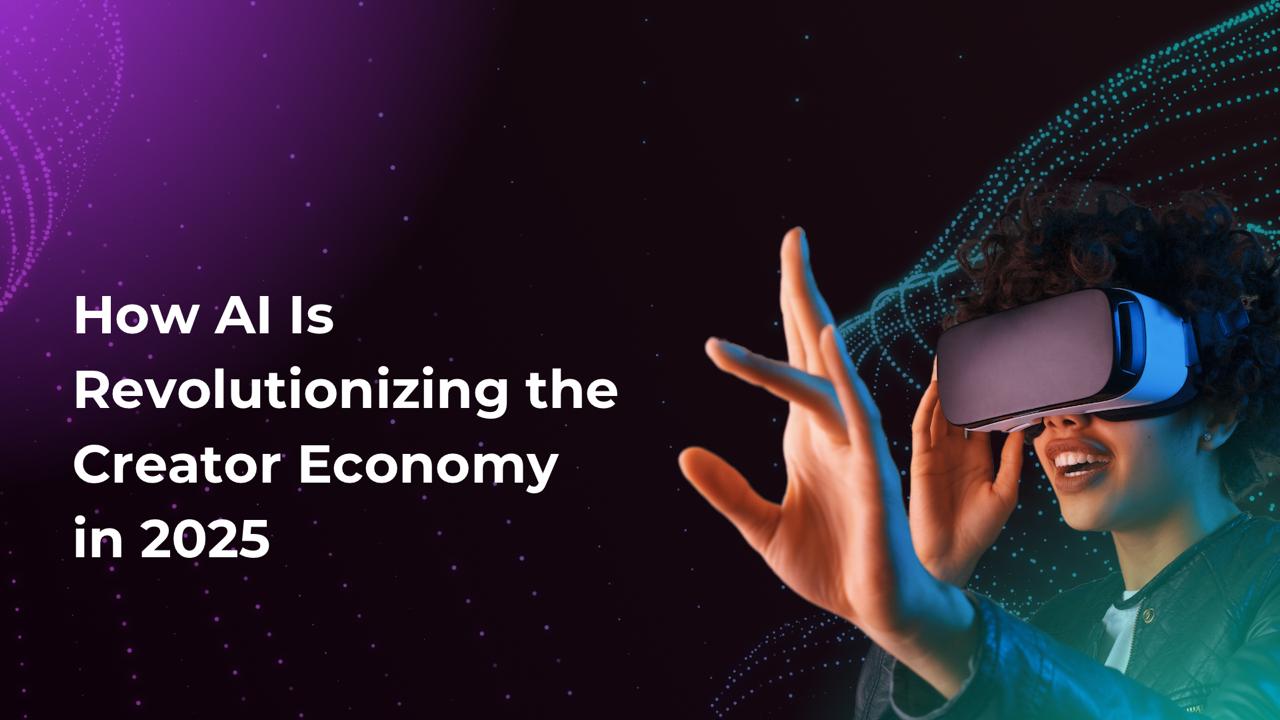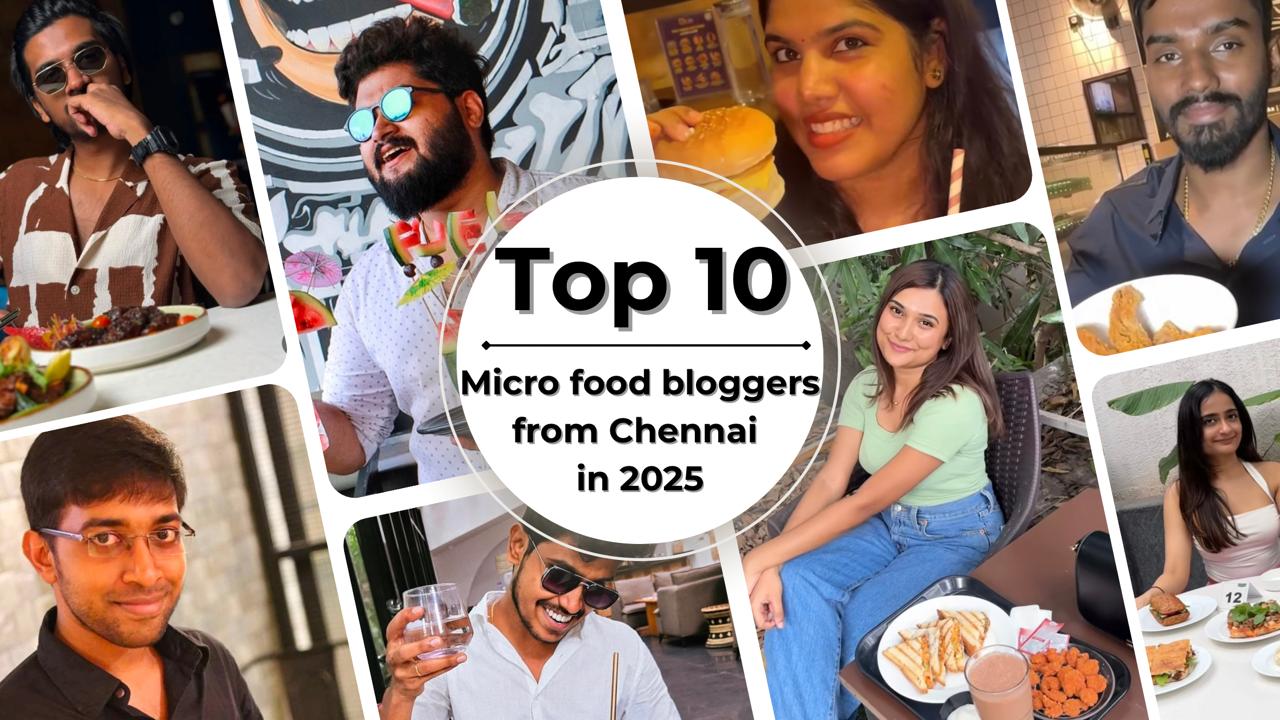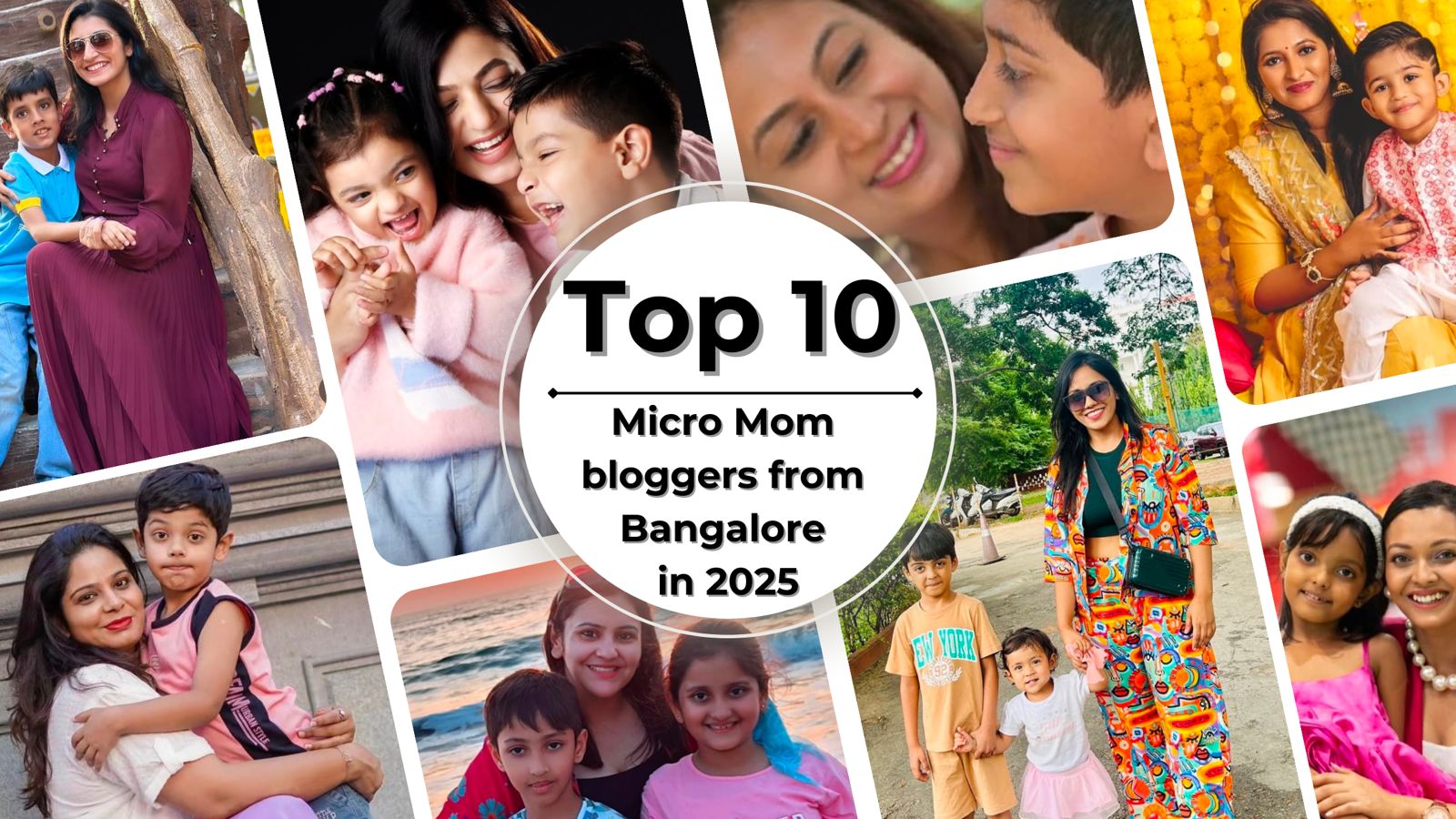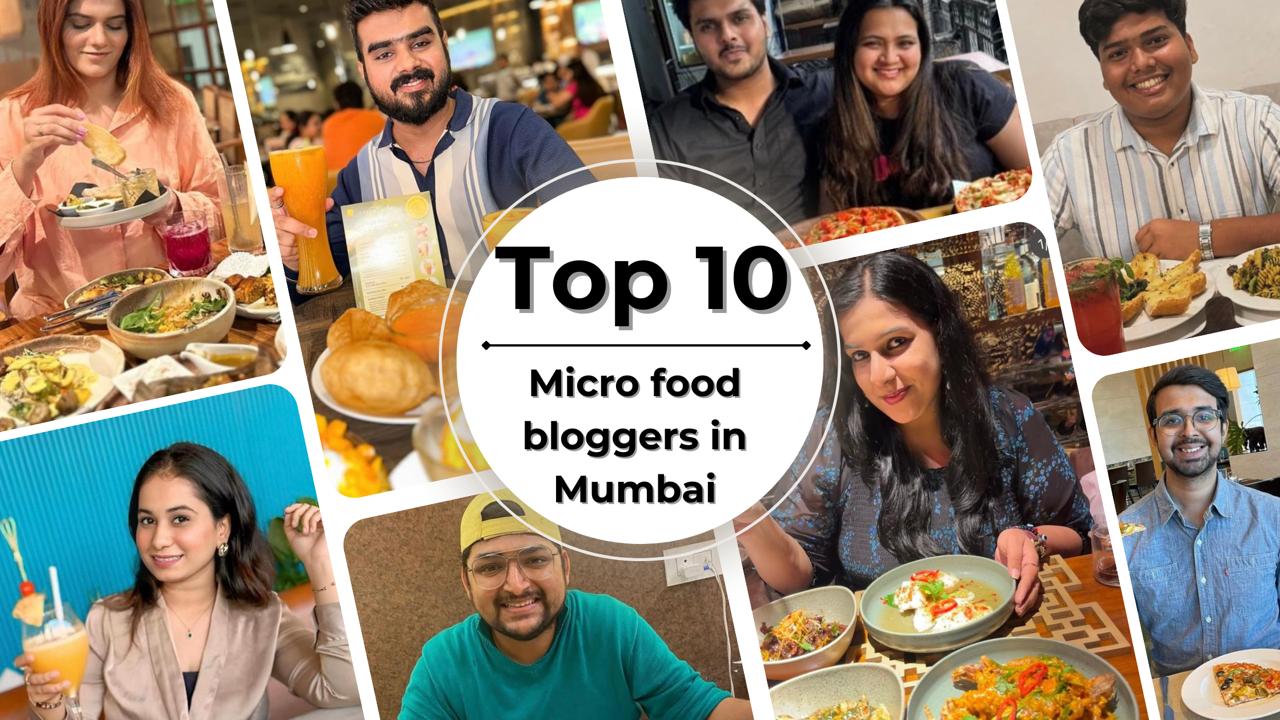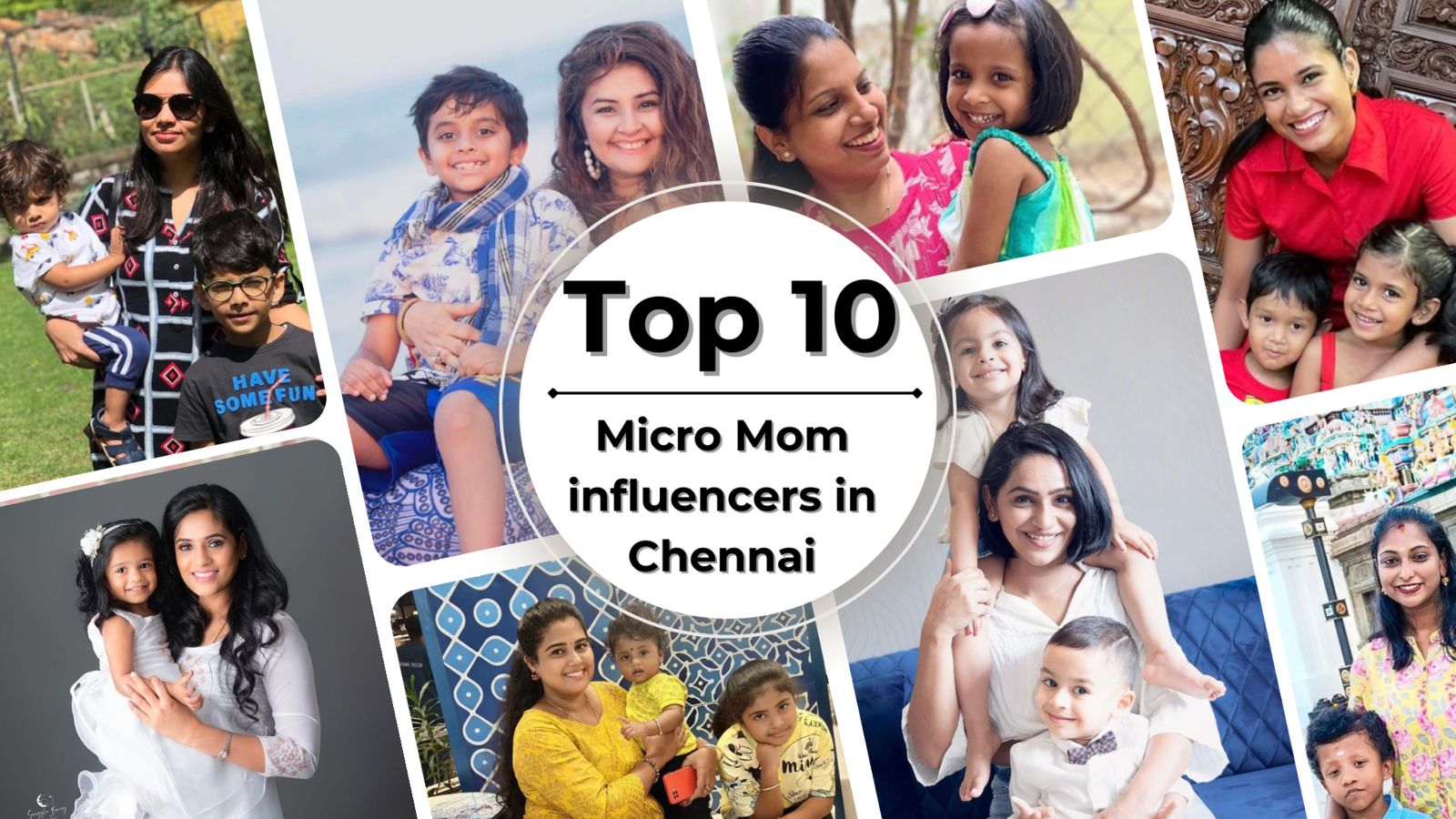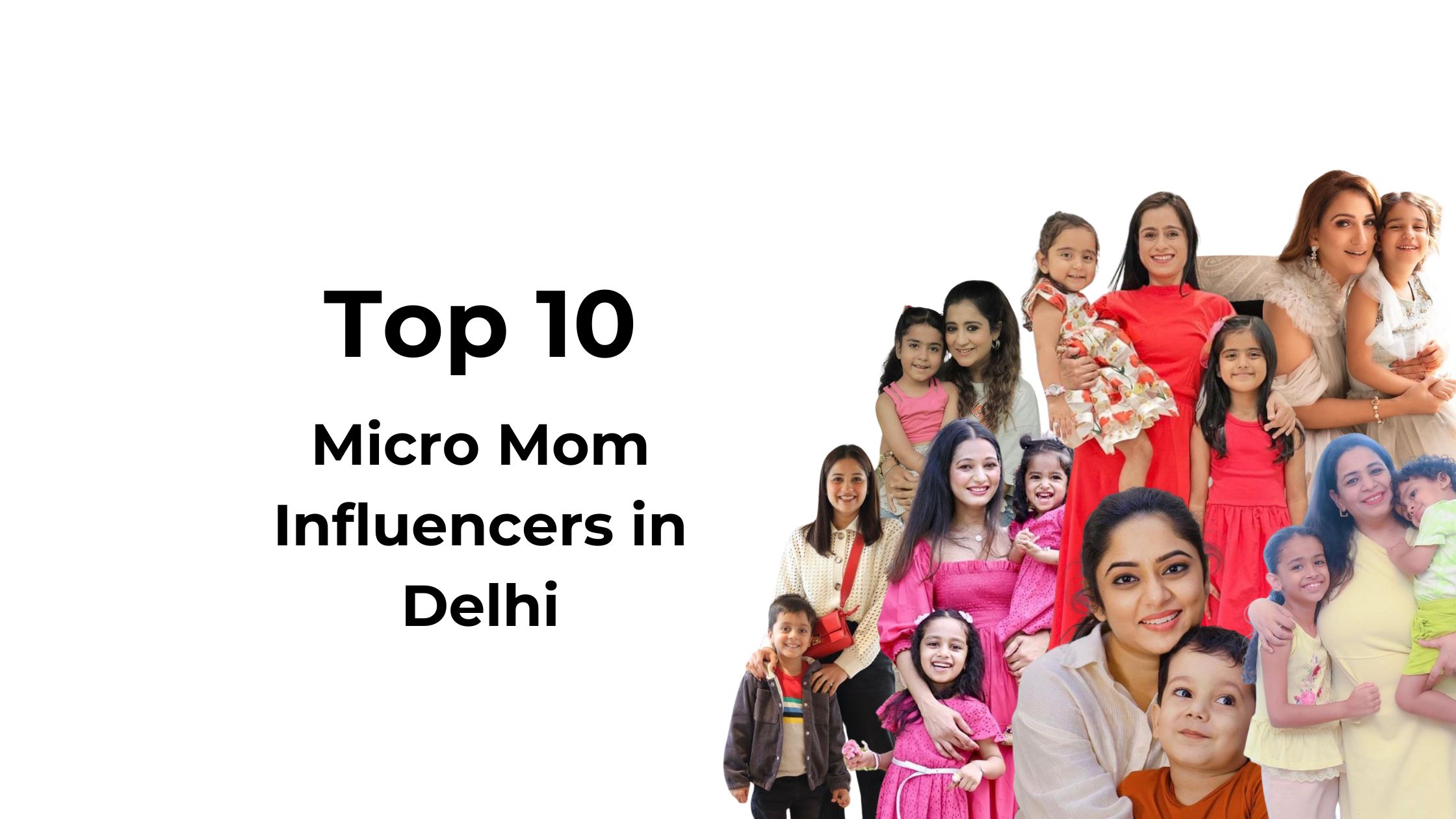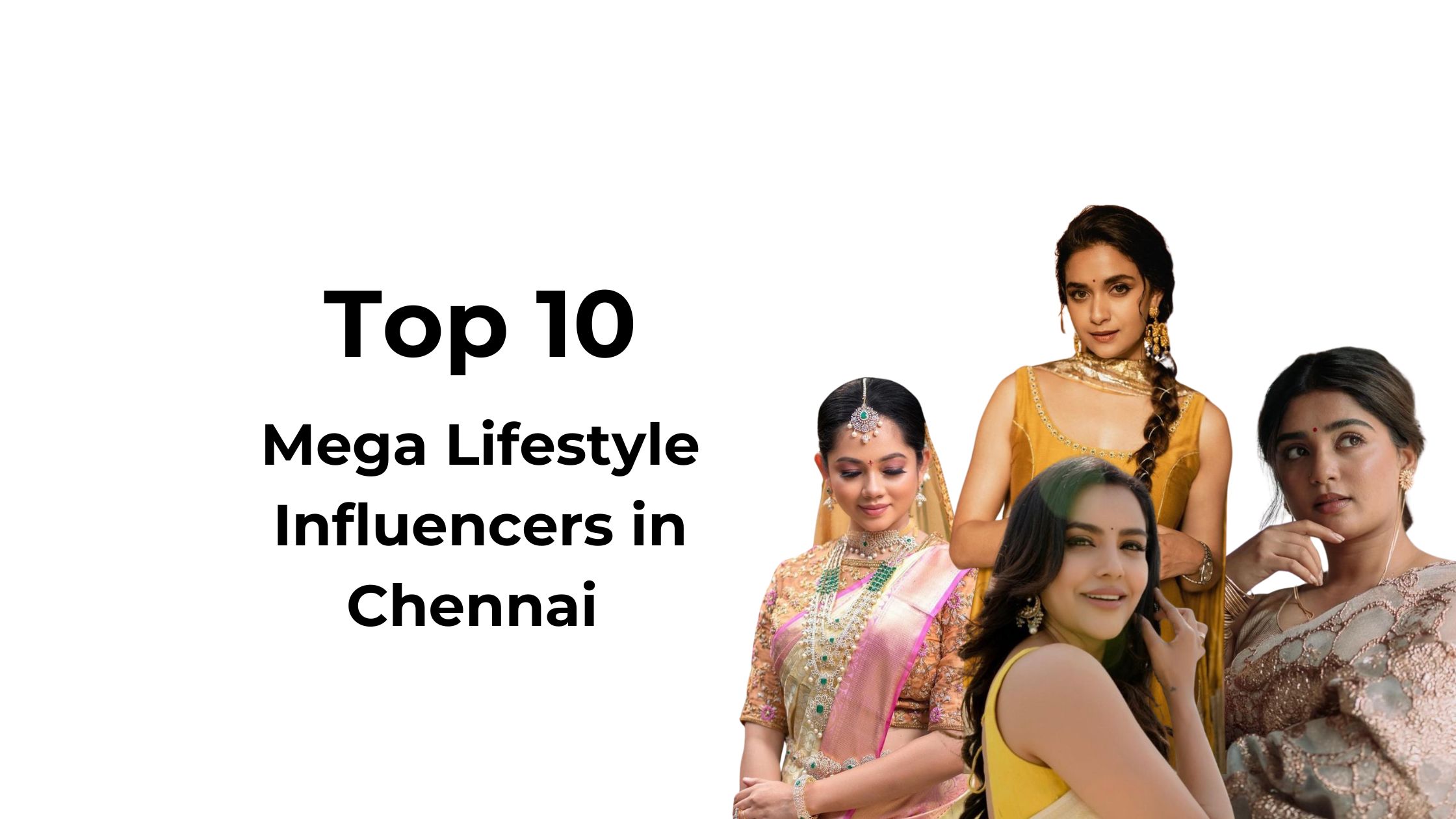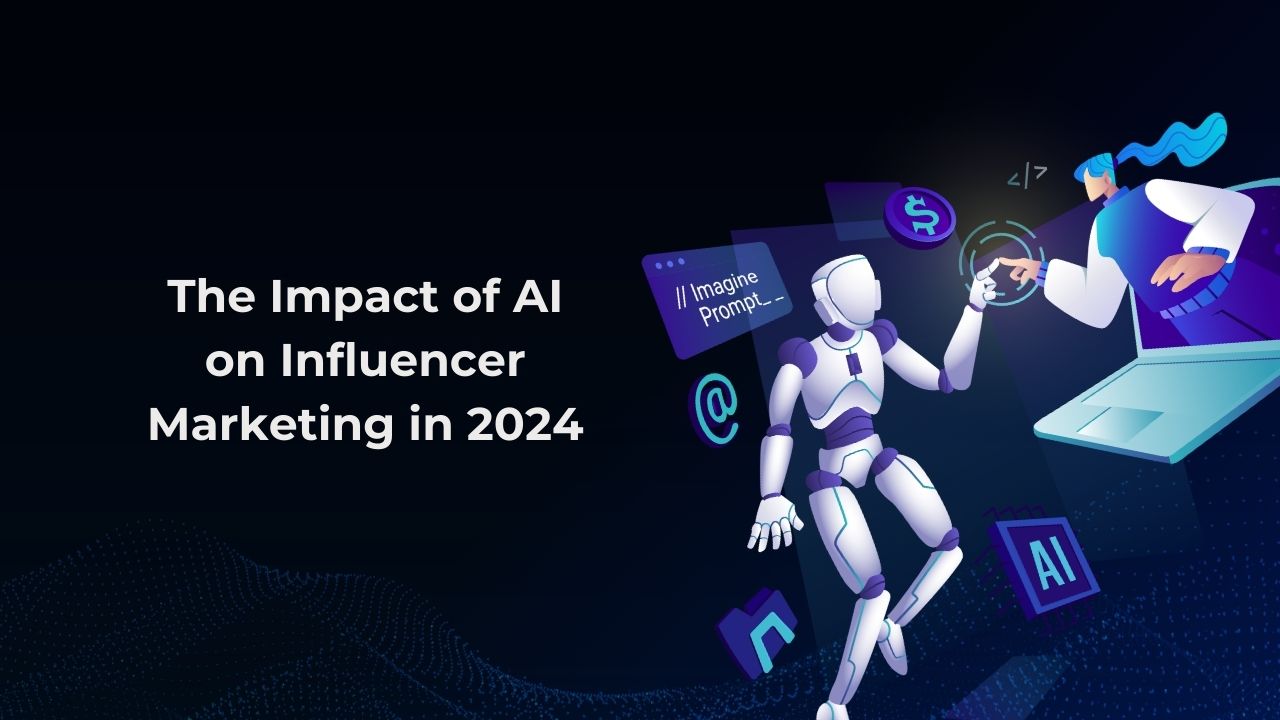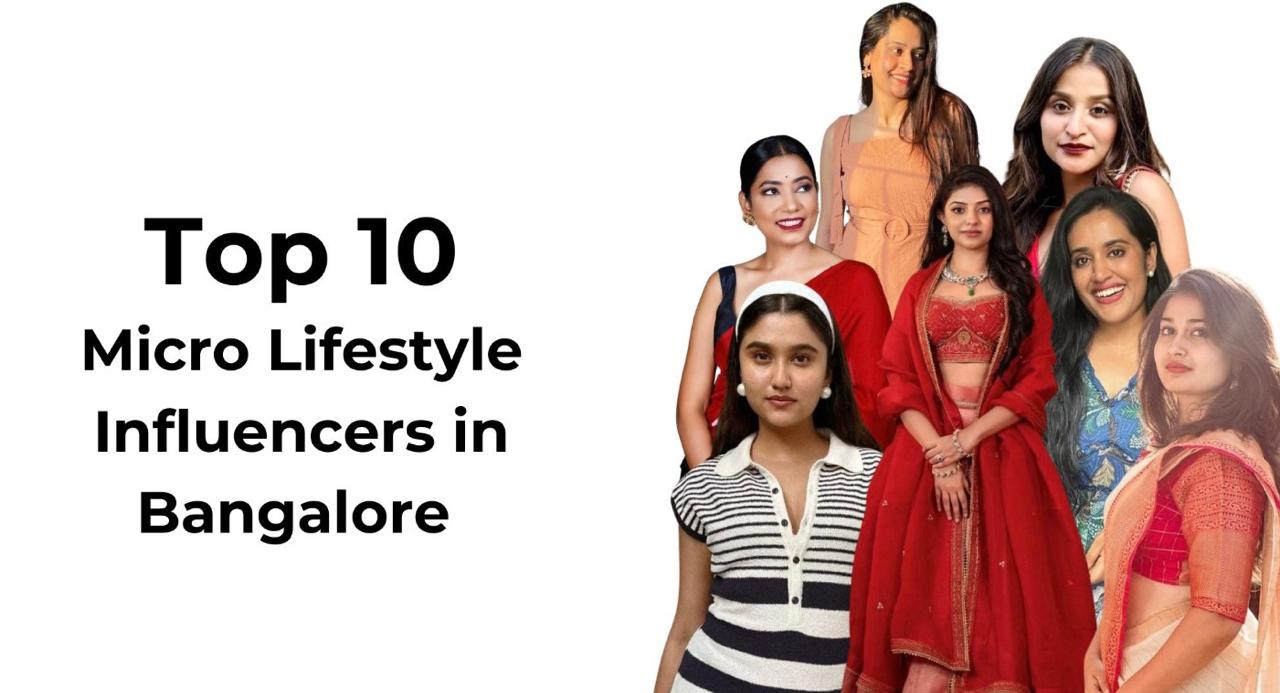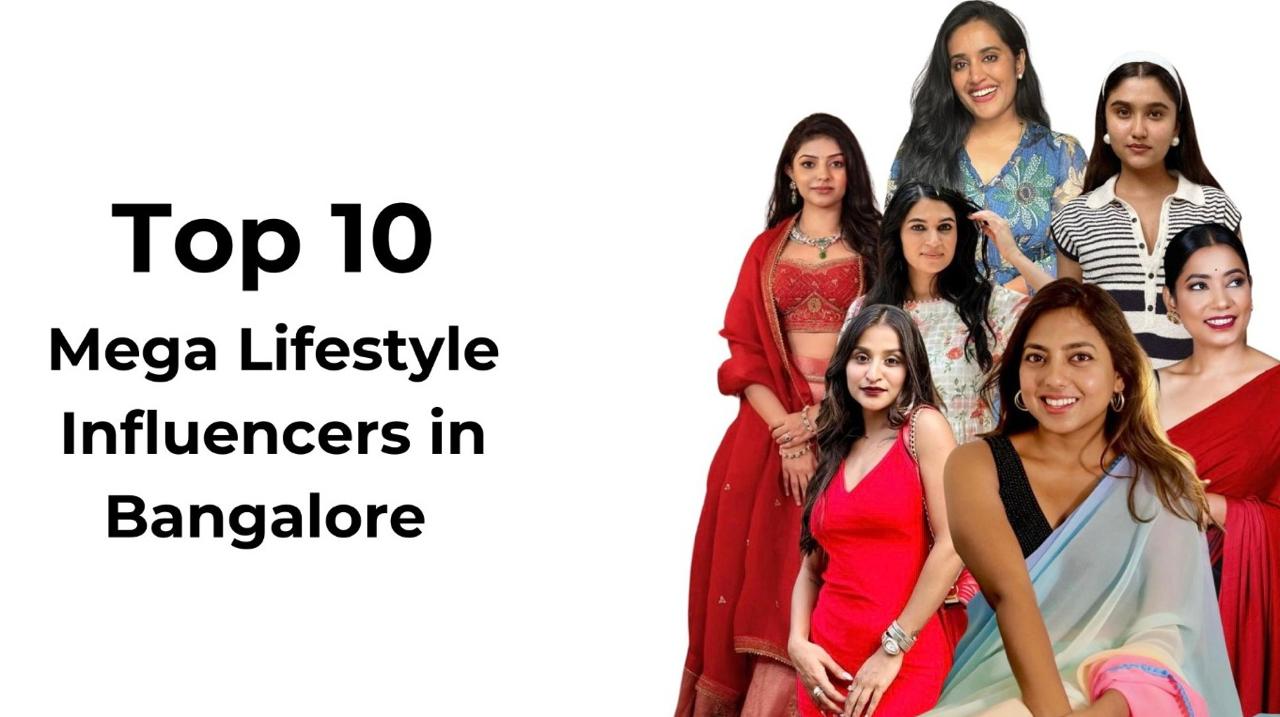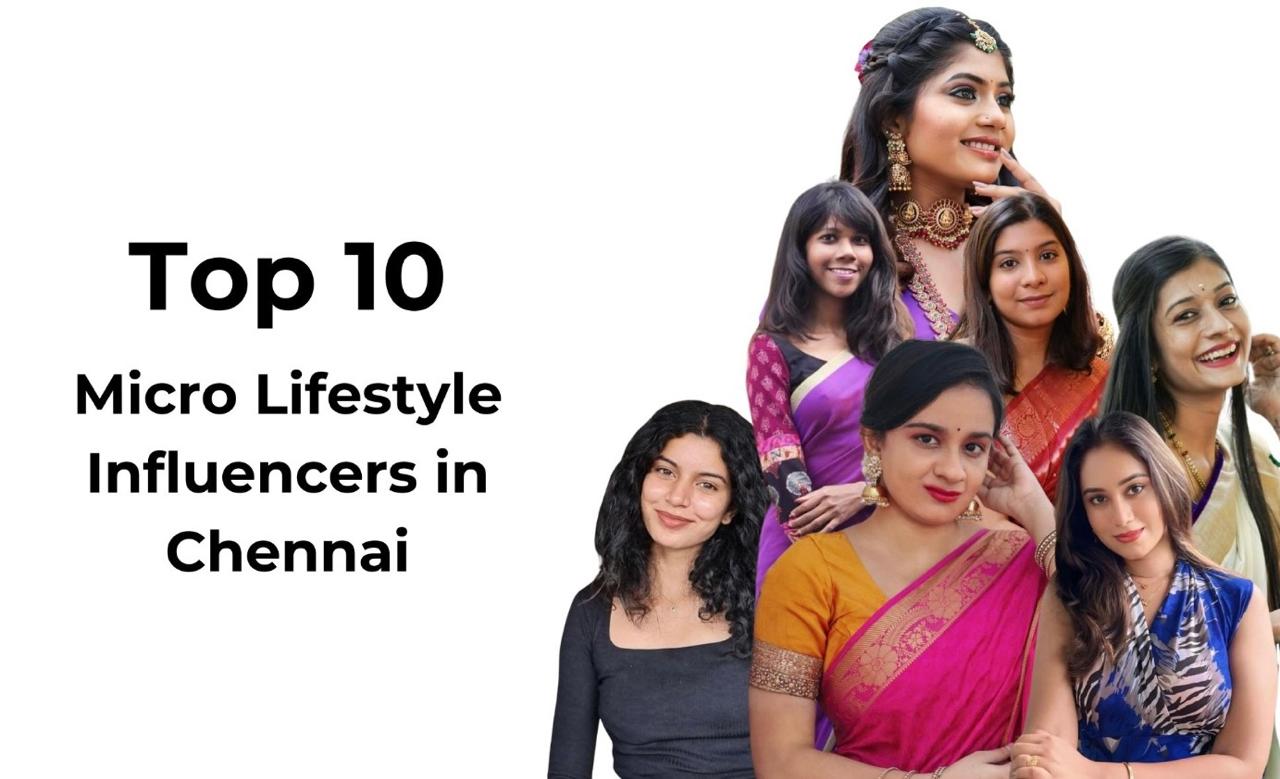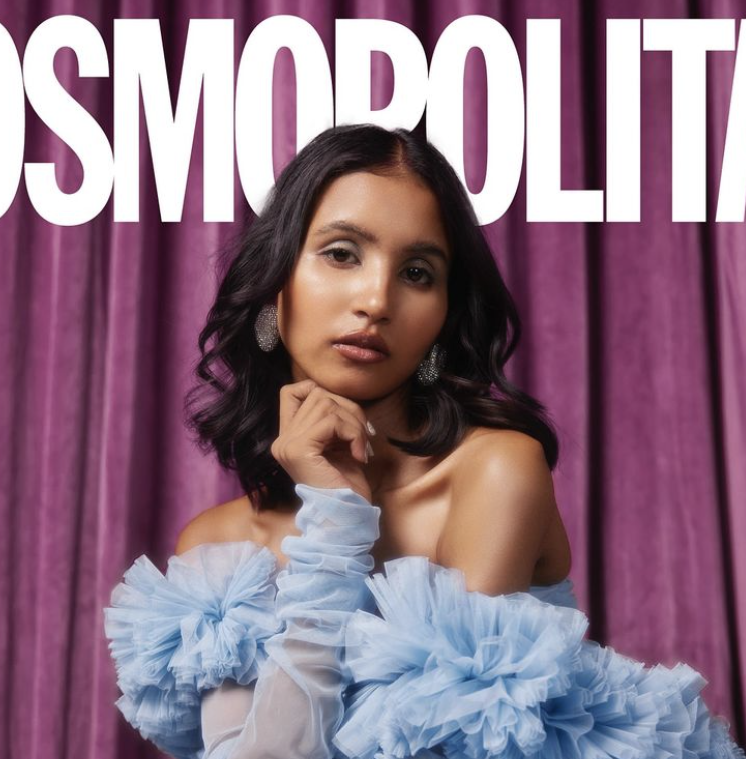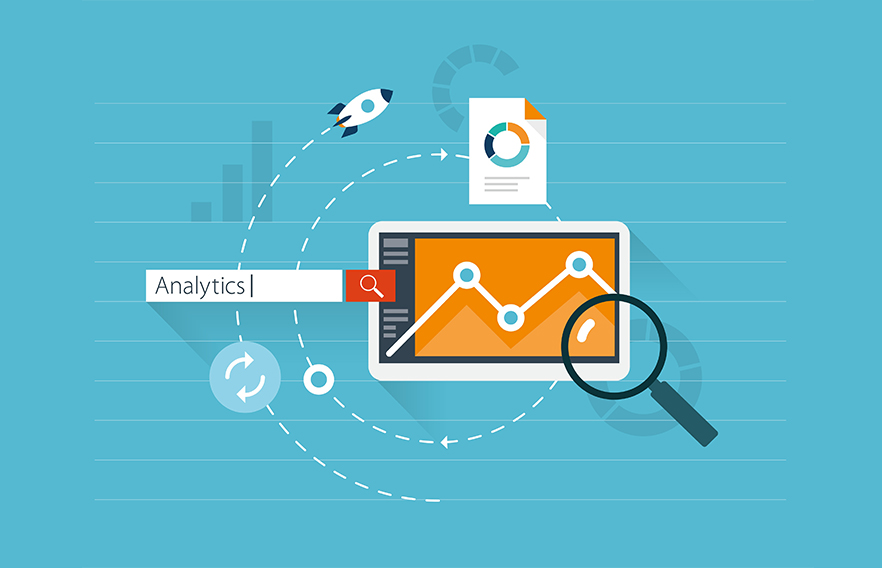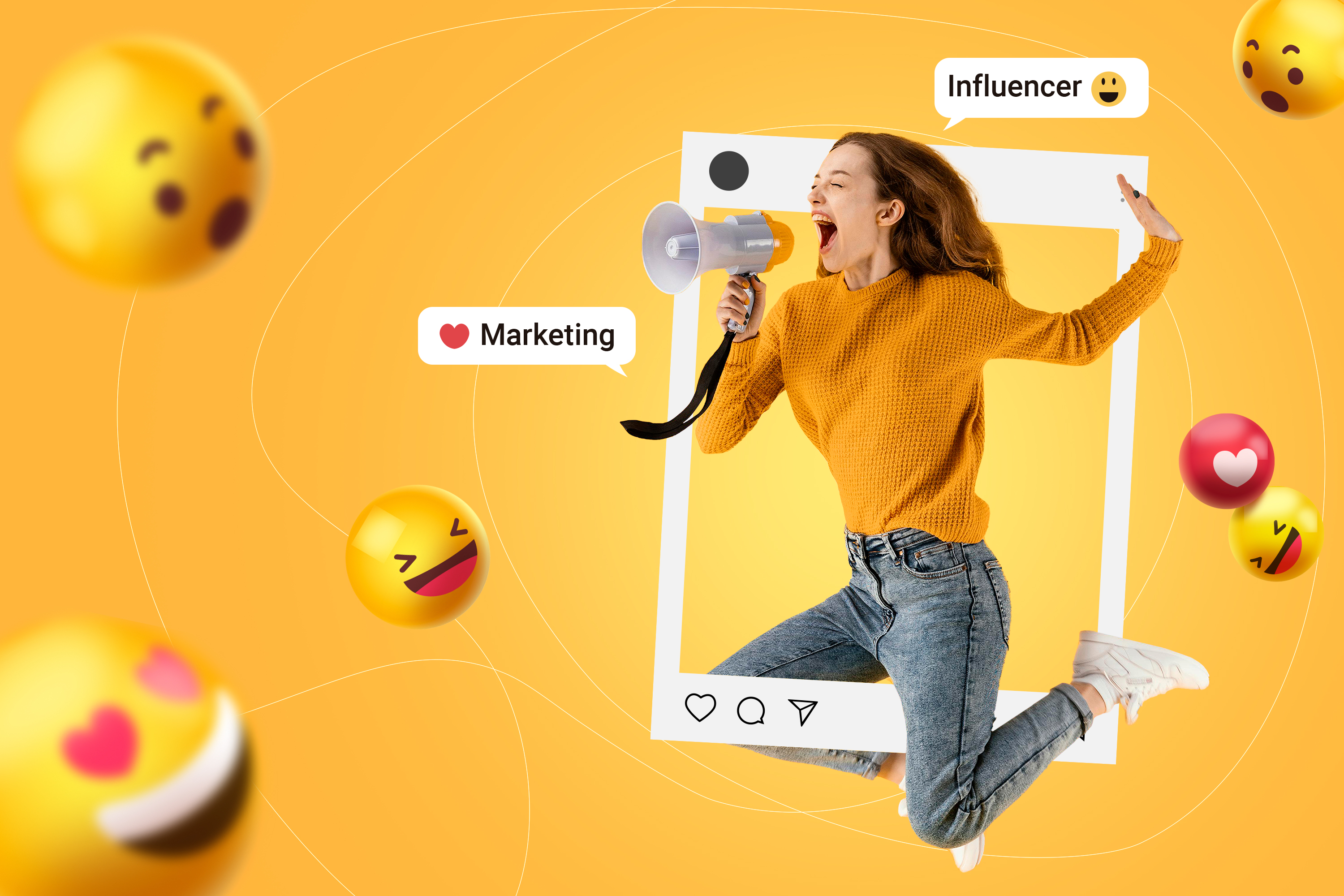Once upon a scroll, LinkedIn was the stiff boardroom of social media—a place for job updates, work anniversaries, and humblebrags wrapped in corporate speak. But not anymore. In 2025, LinkedIn is the new power platform. It’s where industries are shaped, not scrolled past. Where content doesn’t just entertain—it educates, engages, and elevates. Thought leadership is the new currency, and influence has gone from celebrity-driven to credibility-driven.
Today, the most valuable voices on LinkedIn aren’t influencers by title—but by trust. From startup founders sharing behind-the-scenes pivots, to engineers breaking down tech in plain English, LinkedIn has become the stage for real expertise to shine.
And here’s the kicker: brands are now betting big on LinkedIn influencers— not for likes, but for leadership. With trust at an all-time premium and authenticity outperforming algorithms, LinkedIn influencer marketing is not just a trend—it’s a strategic movement. If you’re not watching closely, you’re already behind.
So, what’s next in this evolution? How do you stay ahead in a world where a single post from a niche expert can spark a million-dollar conversation?
Let’s decode the boldest and smartest LinkedIn influencer marketing trends to watch this year.
15 LinkedIn Influencer Marketing Trends to Watch in 2025
1. Video Content Dominates

- LinkedIn reports a 36% year-over-year increase in video engagement.
- Original creator-led video series are now being promoted by the platform.
- Short, vertical, and expert-driven videos are outperforming text posts.
2. AI-Powered Influencer Discovery
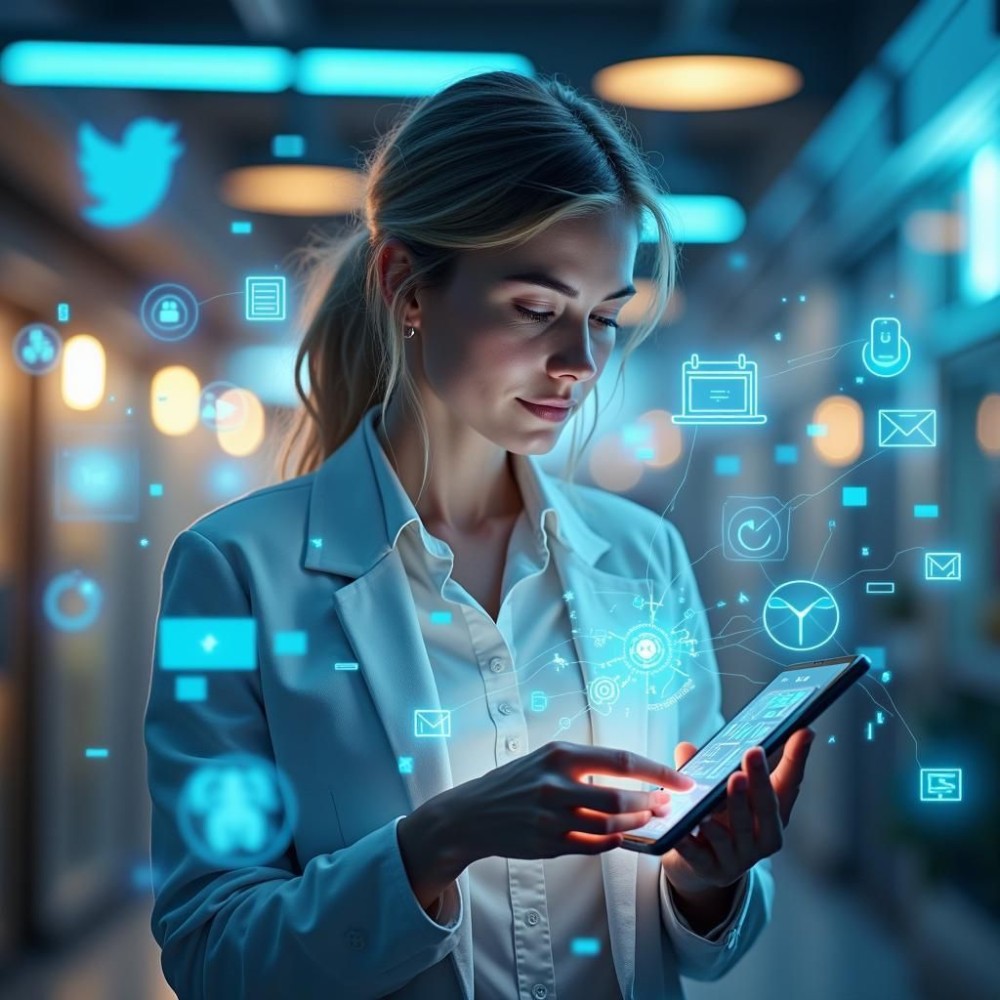
AI tools are being used to match influencers with target audiences.
Real-time analytics now guide campaign optimization mid-execution.
AI-generated audience personas improve targeting precision.
3. Rise of Micro and Nano-Influencers
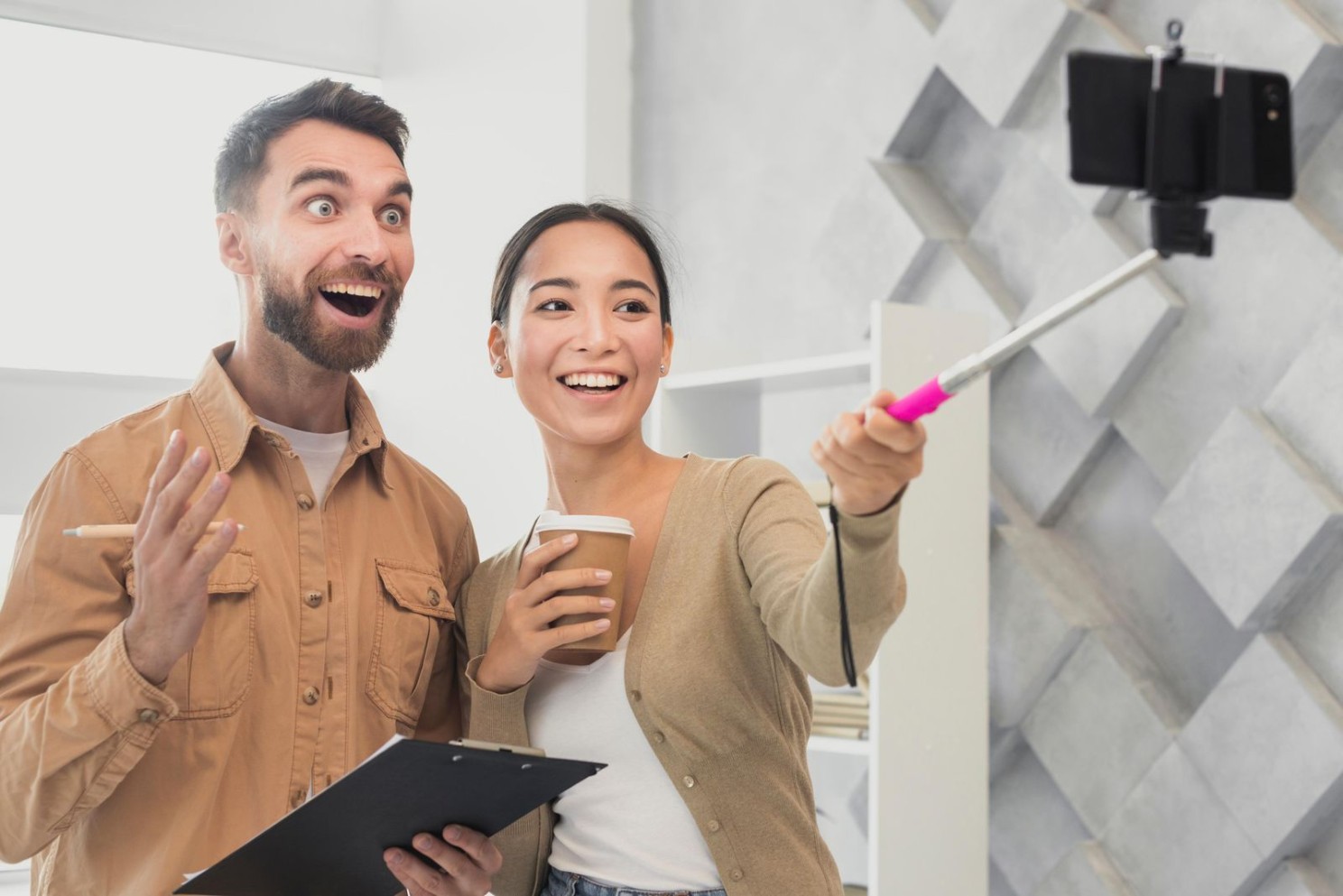
Brands prefer smaller influencers for deeper audience trust.
Micro-influencers see up to 60% higher engagement on LinkedIn.
Ideal for B2B niches, startups, and regional campaigns.
4. Employee-Generated Content (EGC)
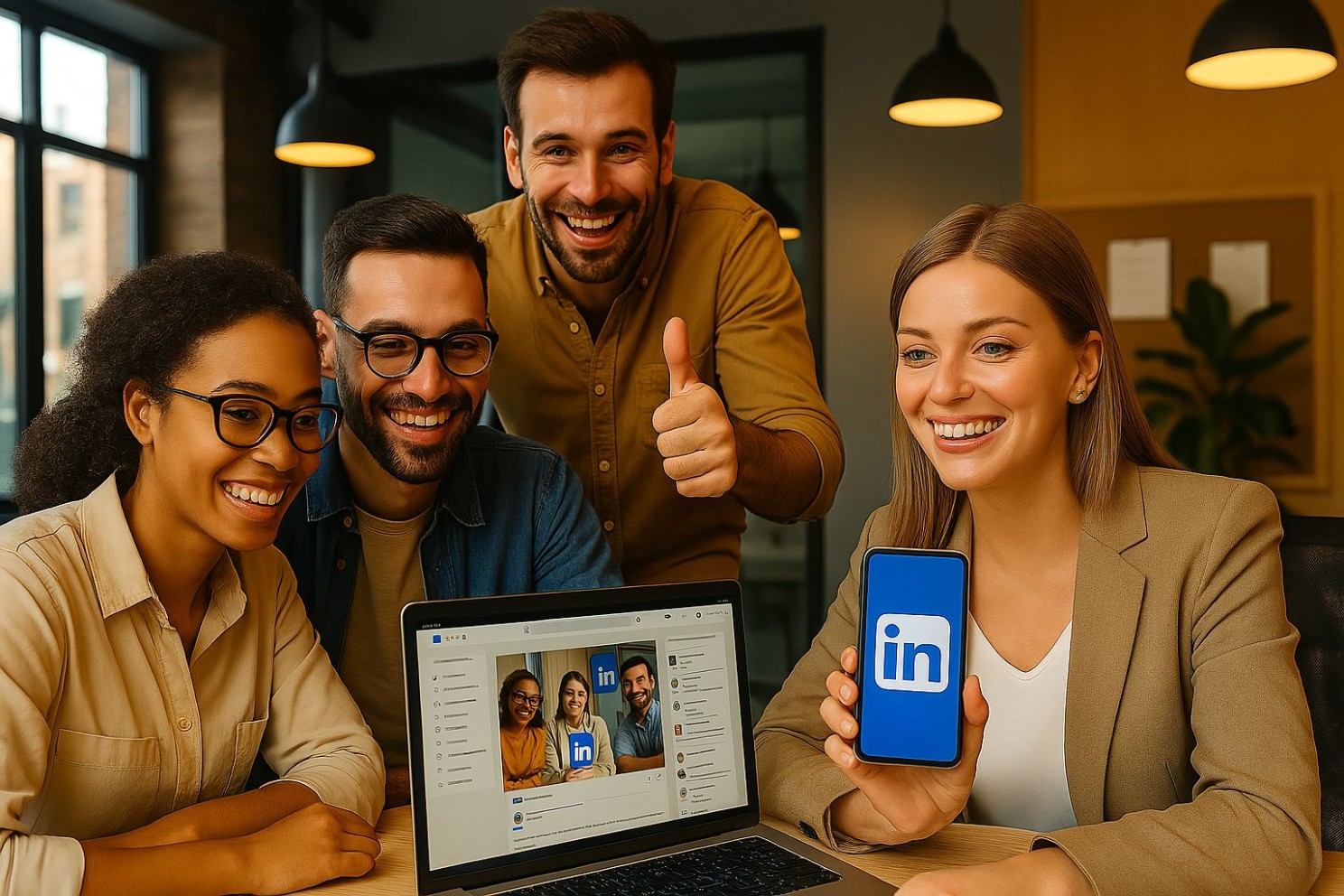
Companies are turning employees into LinkedIn brand advocates.
EGC builds credibility and boosts employer branding.
Internal influencer programs are now part of brand strategy.
5. Virtual Influencers Join the Mix
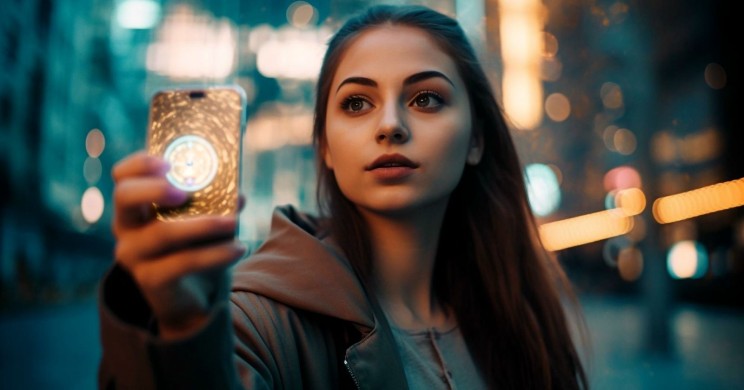
AI-created personas are now active on LinkedIn.
Used by tech-forward brands for 24/7 presence and curated messaging.
Helpful for early adopters and Gen Z B2B segments.
6. Live Streaming Gains Momentum
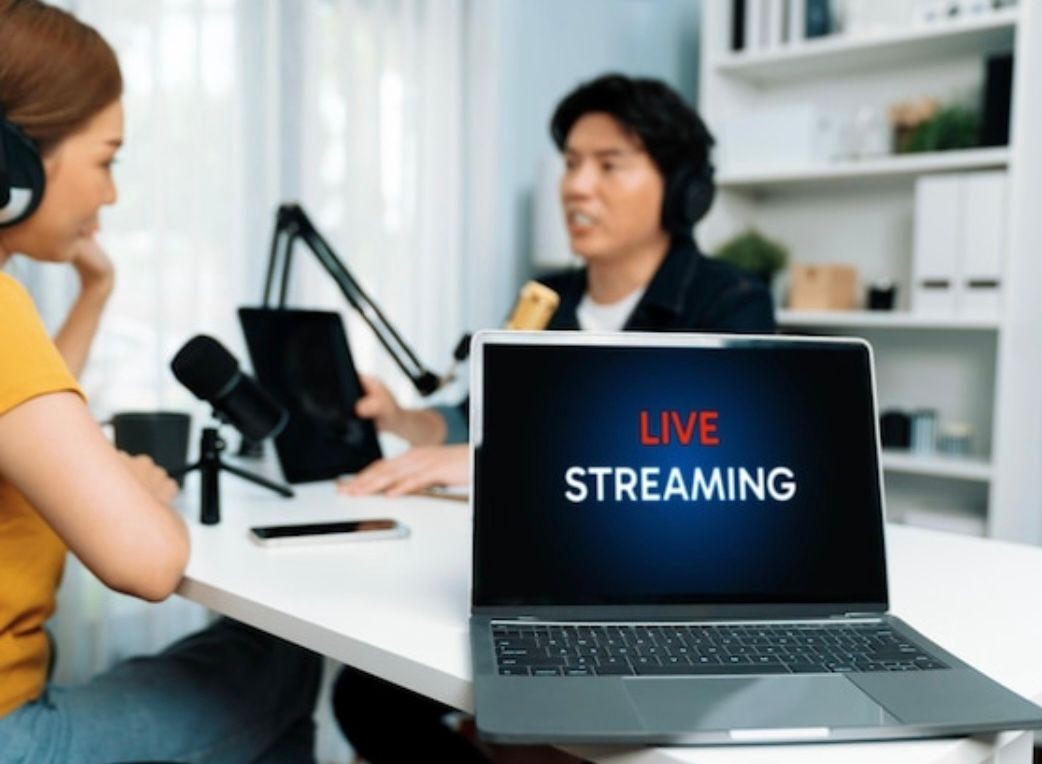
Live Q&As, interviews, and product demos drive real-time interaction.
Great for launches, leadership talks, and event amplification.
Expect LinkedIn to roll out more livestream tools in 2025.
7. Long-Term Brand Partnerships
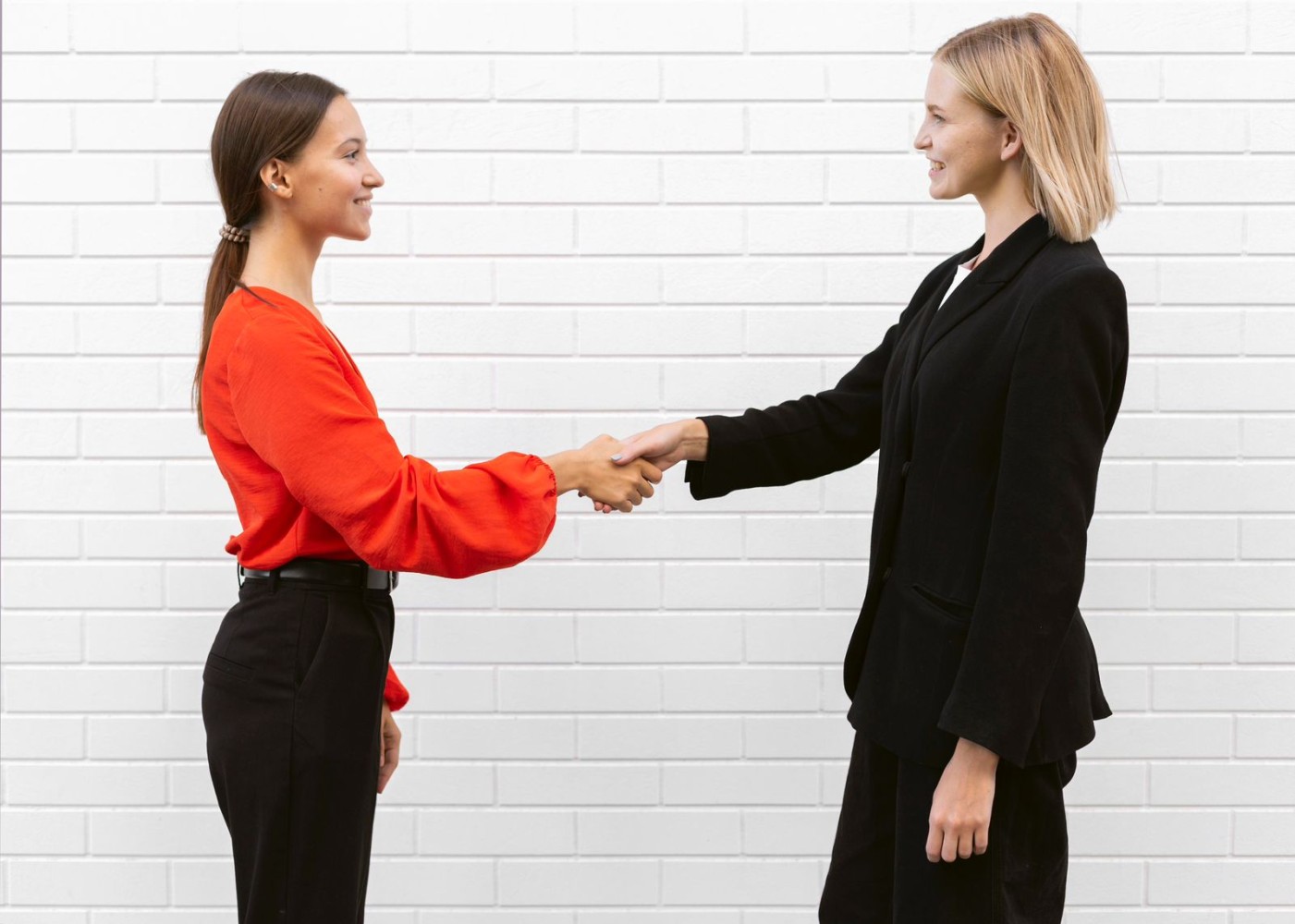
One-off posts are out; consistent creator-brand alignment is in.
Builds stronger narratives and authentic storytelling.
Influencers are being onboarded as brand consultants, not just promoters.
8. Authenticity is the New Algorithm
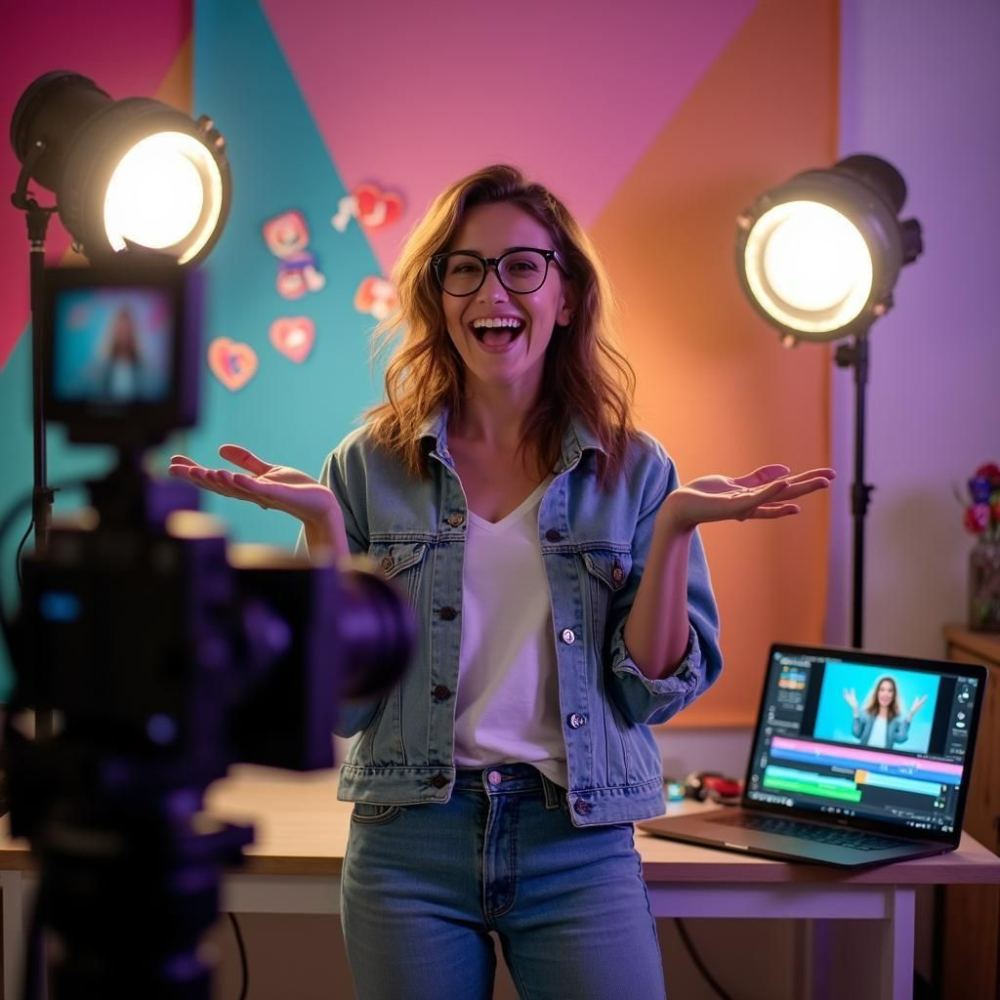
Influencers sharing failures, behind-the-scenes, and real stories perform better.
Transparency about paid collaborations boosts audience trust.
Highly curated, corporate-speak posts are losing traction.
9. Data-Driven Campaign Design
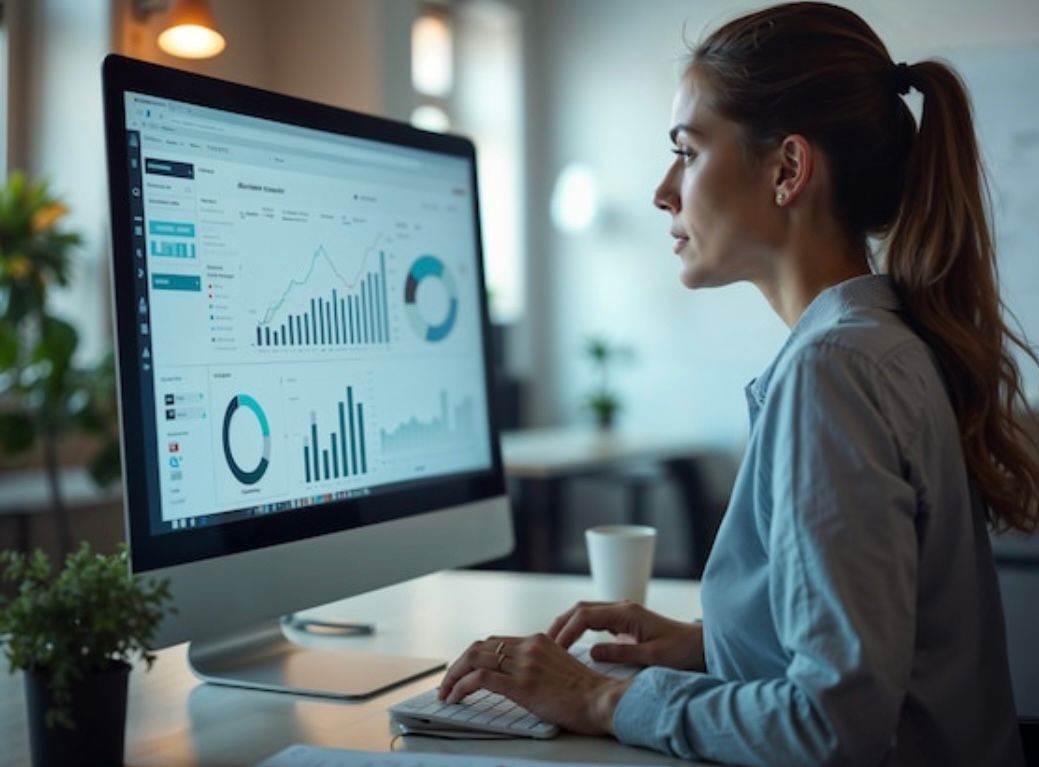
Campaigns are increasingly shaped by insights from LinkedIn analytics.
Metrics like “engagement by job title” and “lead source tracking” are prioritized.
Brands use performance data to adjust strategy in real time.
10. Values-Driven Content Wins
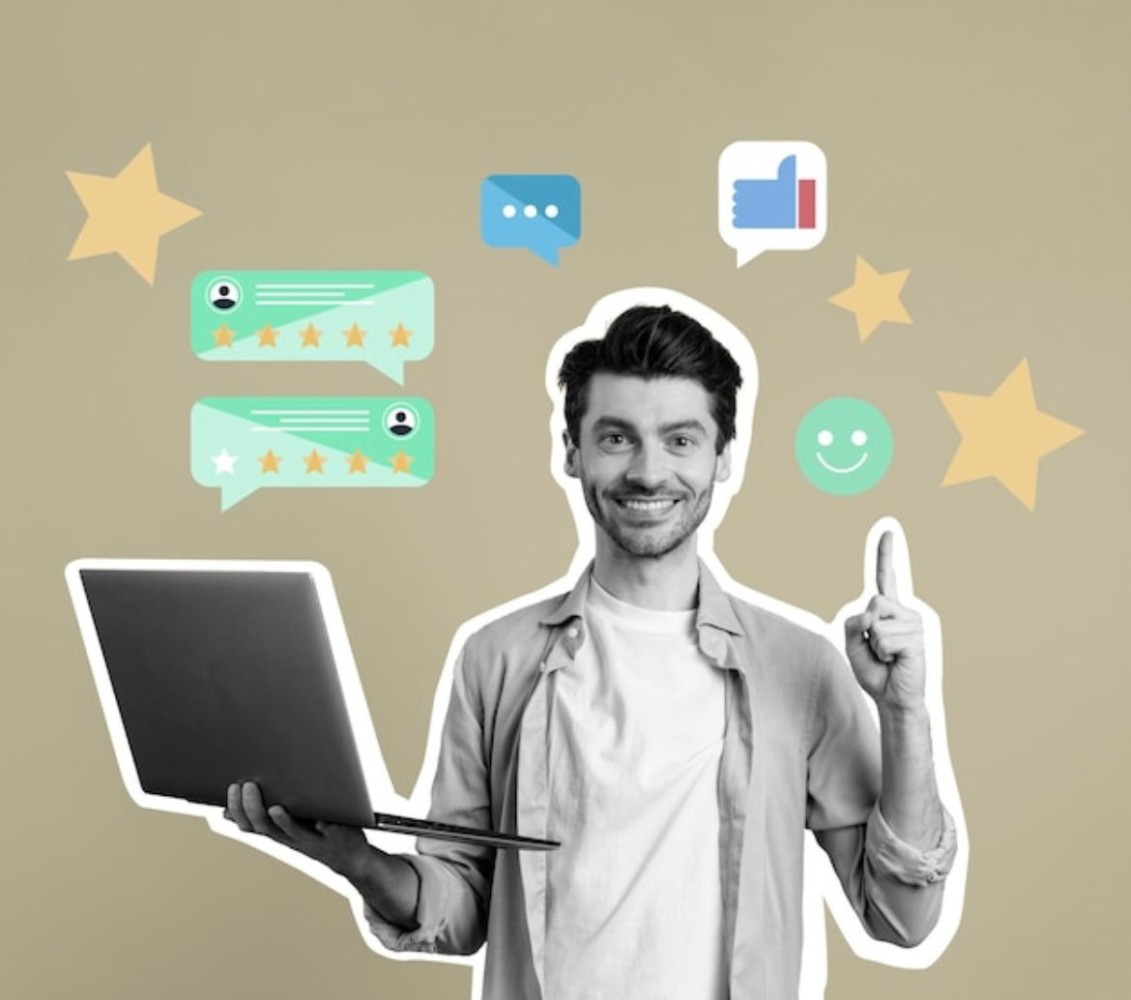
Brands collaborating with influencers who align with ESG values.
Purpose-led messaging outperforms generic brand promotion.
LinkedIn users engage more with content tied to ethics and impact.
11. Social Commerce Gets Serious
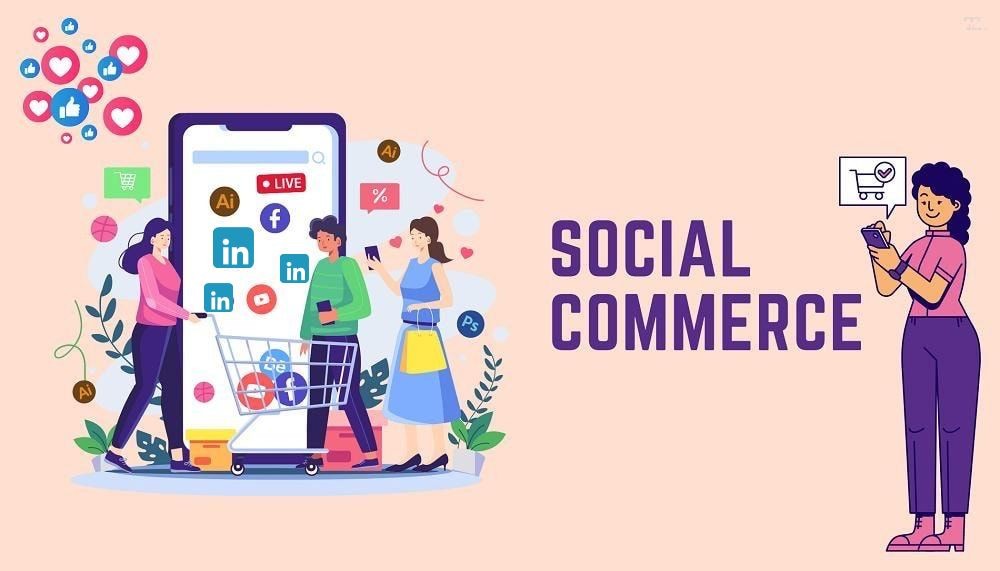
LinkedIn is experimenting with integrated product showcasing.
B2B influencers now include CTAs to demos, lead magnets, or products.
Expect beta tools for lead-gen forms in influencer posts.
12. AR and VR Enhance Storytelling
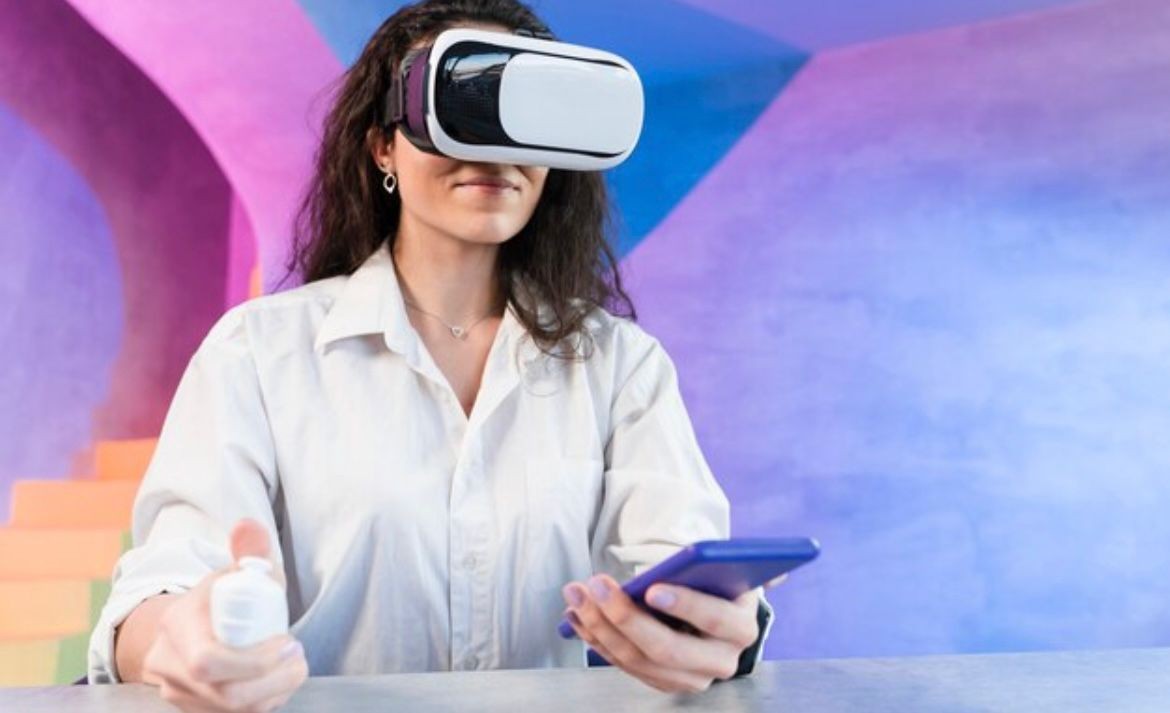
Influencers create immersive LinkedIn posts using AR/VR walkthroughs.
Used in industries like real estate, SaaS, and manufacturing.
Demo experiences and virtual factory tours are gaining attention.
13. Cross-Platform Influence Strategy
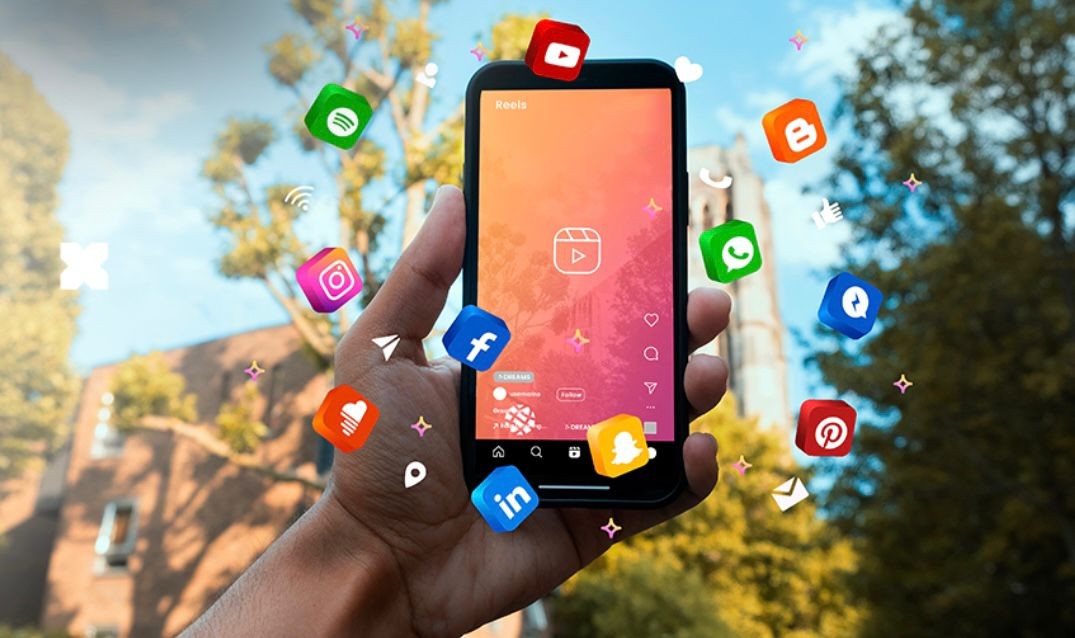
Influencers are building unified campaigns across LinkedIn + Instagram/YouTube.
Brands prefer creators who can carry thought leadership across platforms.
Content repurposing is now baked into every campaign brief.
14. Diversity & Inclusion Stay Central
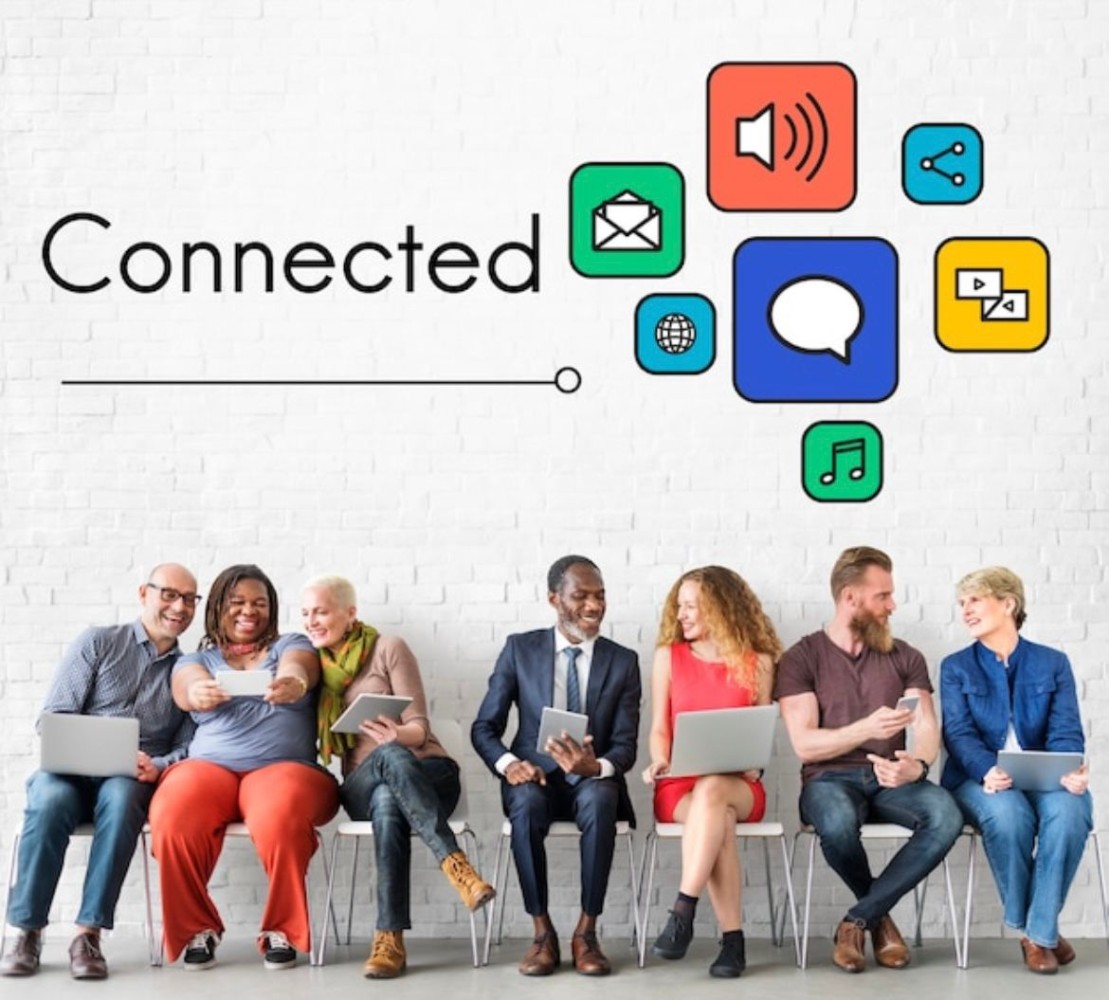
Collaborations with diverse voices drive higher engagement and trust.
LinkedIn highlights inclusive content in its discovery feeds.
Representation is now a campaign priority—not a checkbox.
15. LinkedIn Algorithm Evolves
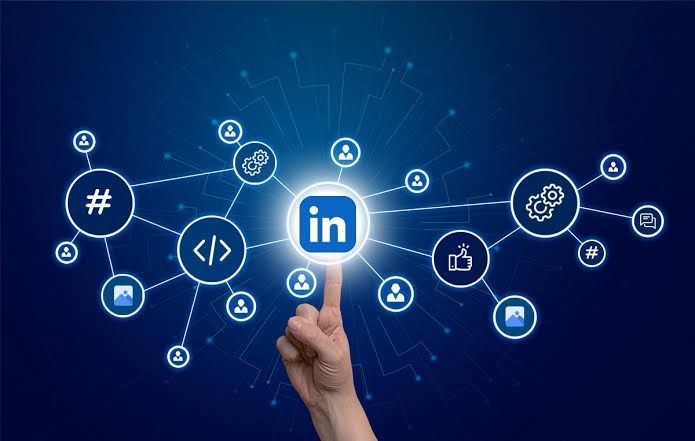
New algorithm favors niche expertise, regular posting, and original formats.
Engagement velocity (speed of early reactions) is a top visibility factor.
Influencers are adjusting content strategy to stay favored by the feed.
LinkedIn isn’t just “professional” anymore—it’s personal, it’s powerful, and it’s pivotal for brands in B2B and beyond.
In this new era, the most influential voices aren’t always the loudest— they’re the most trusted. As attention spans shrink and social platforms overflow with noise, LinkedIn stands apart as the home of signal. Influence here is earned, not bought. And brands that align with credible creators are not just seen—they’re remembered.
We’re stepping into an era where influence is measured in insights, not impressions. The content that converts is the content that contributes. And the future belongs to those who can start real conversations, not just campaigns.
If you’re a brand looking to ride the next wave of influence, or a creator looking to monetize your expertise, now is the time to double down on LinkedIn. This platform is no longer a “maybe”—it’s mission-critical.
Want to make your LinkedIn influencer strategy future-proof? FindCollab helps brands collaborate with top LinkedIn creators, thought leaders, and niche experts who actually move the needle. Let’s build trust, not just trends.
Visit FindCollab and make your next campaign count. Click here to sign up now: https://www.findcollab.com/signup-brand


